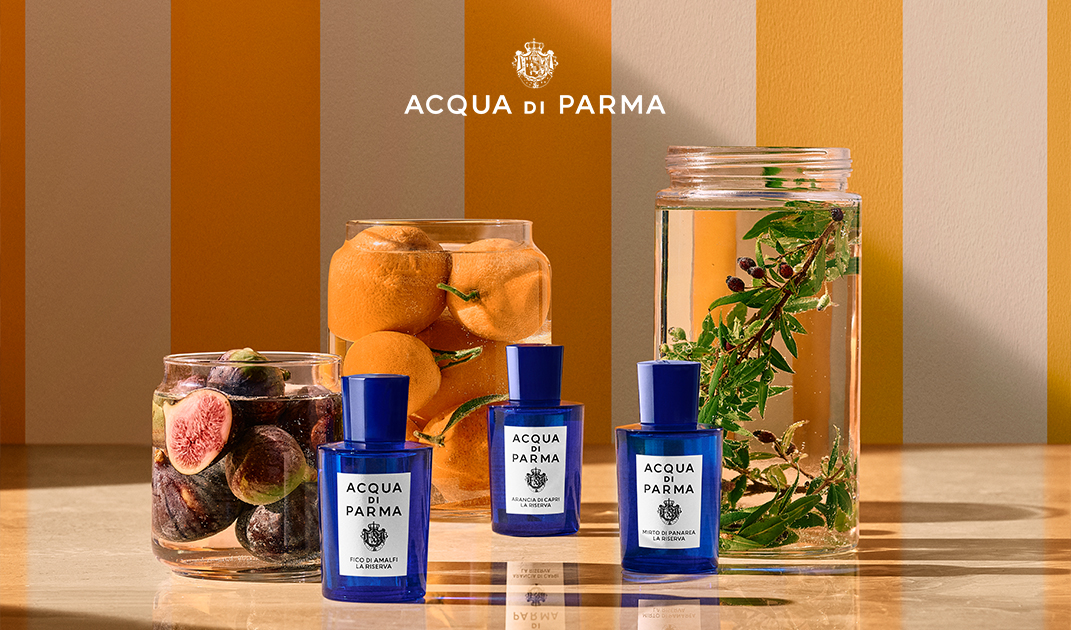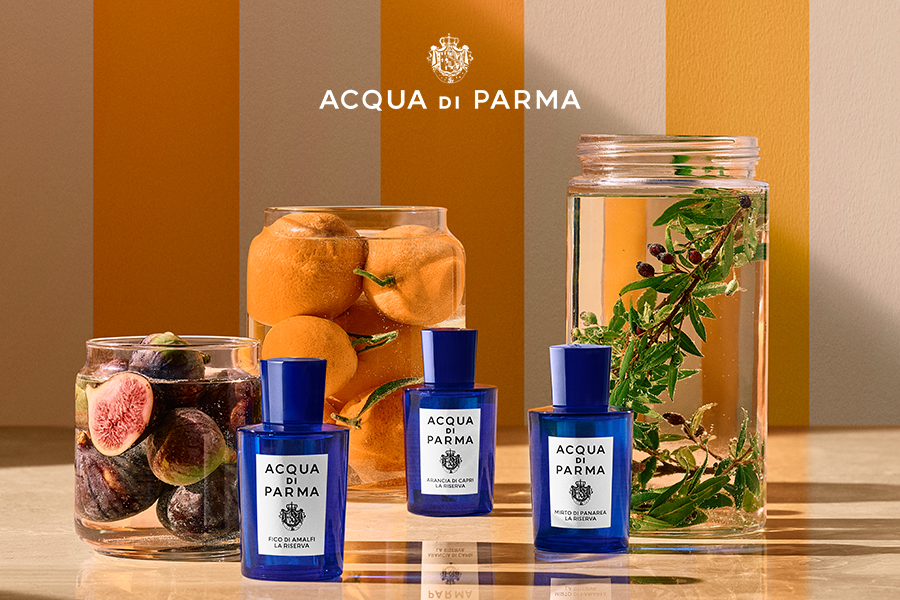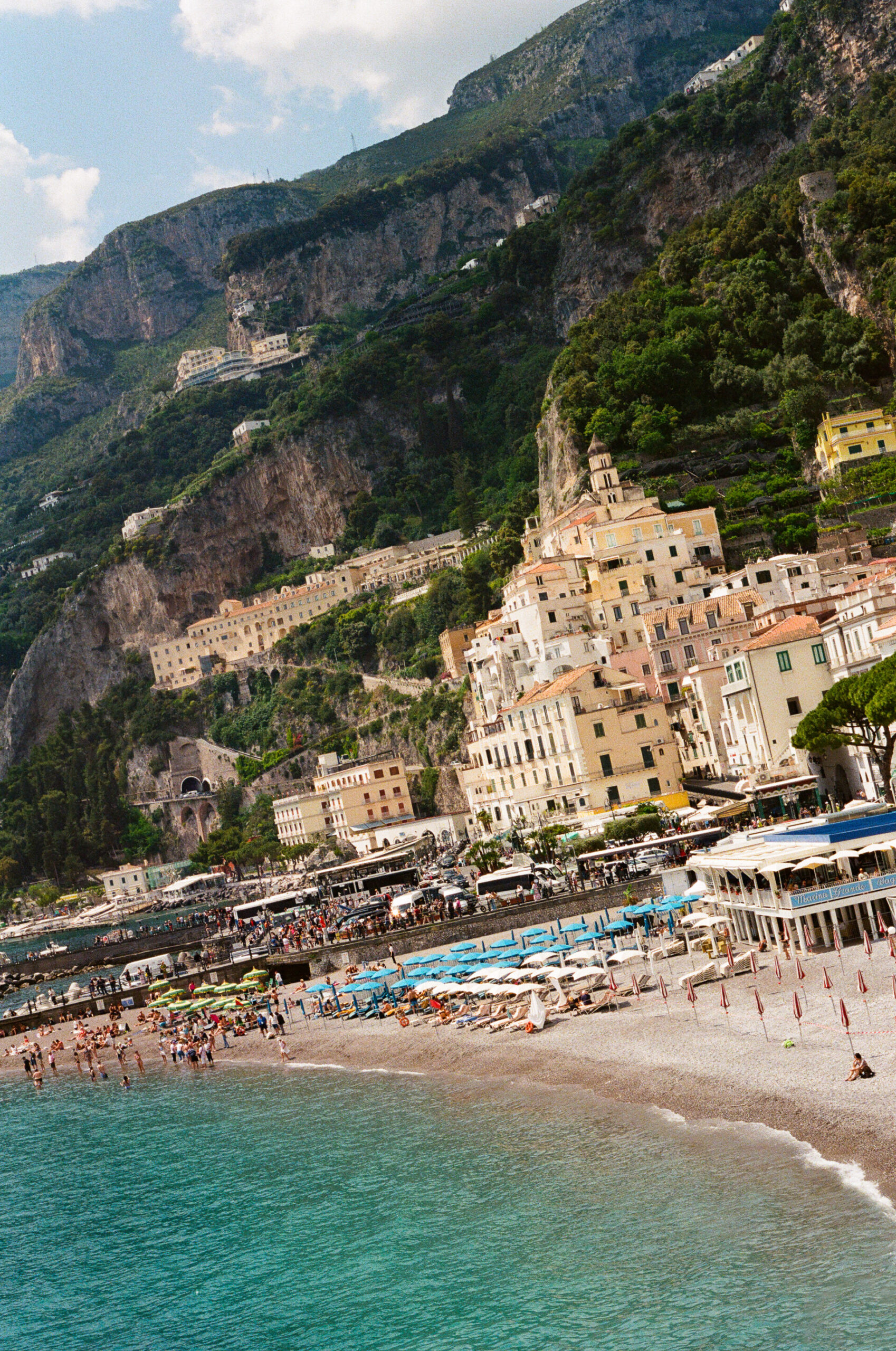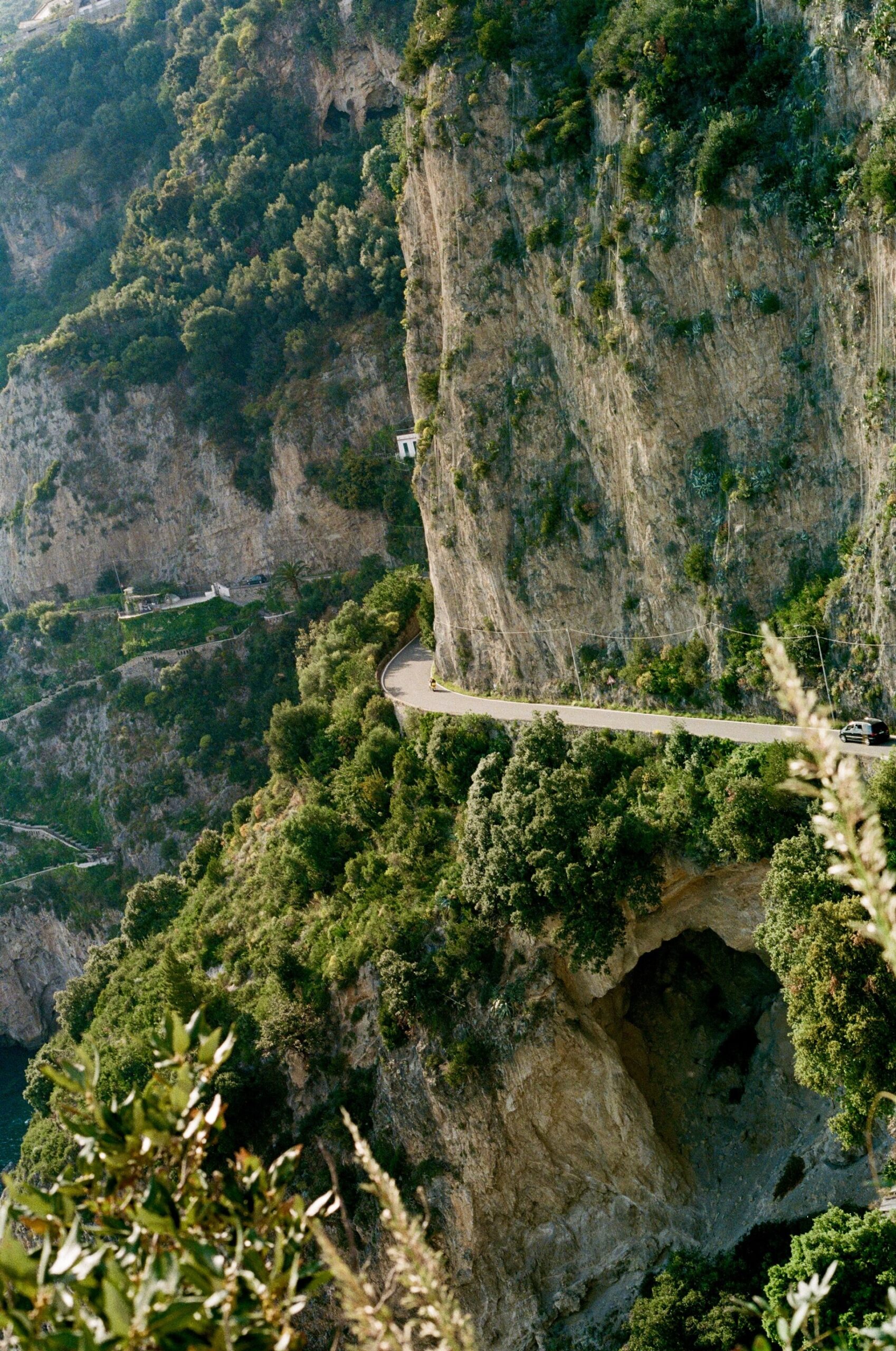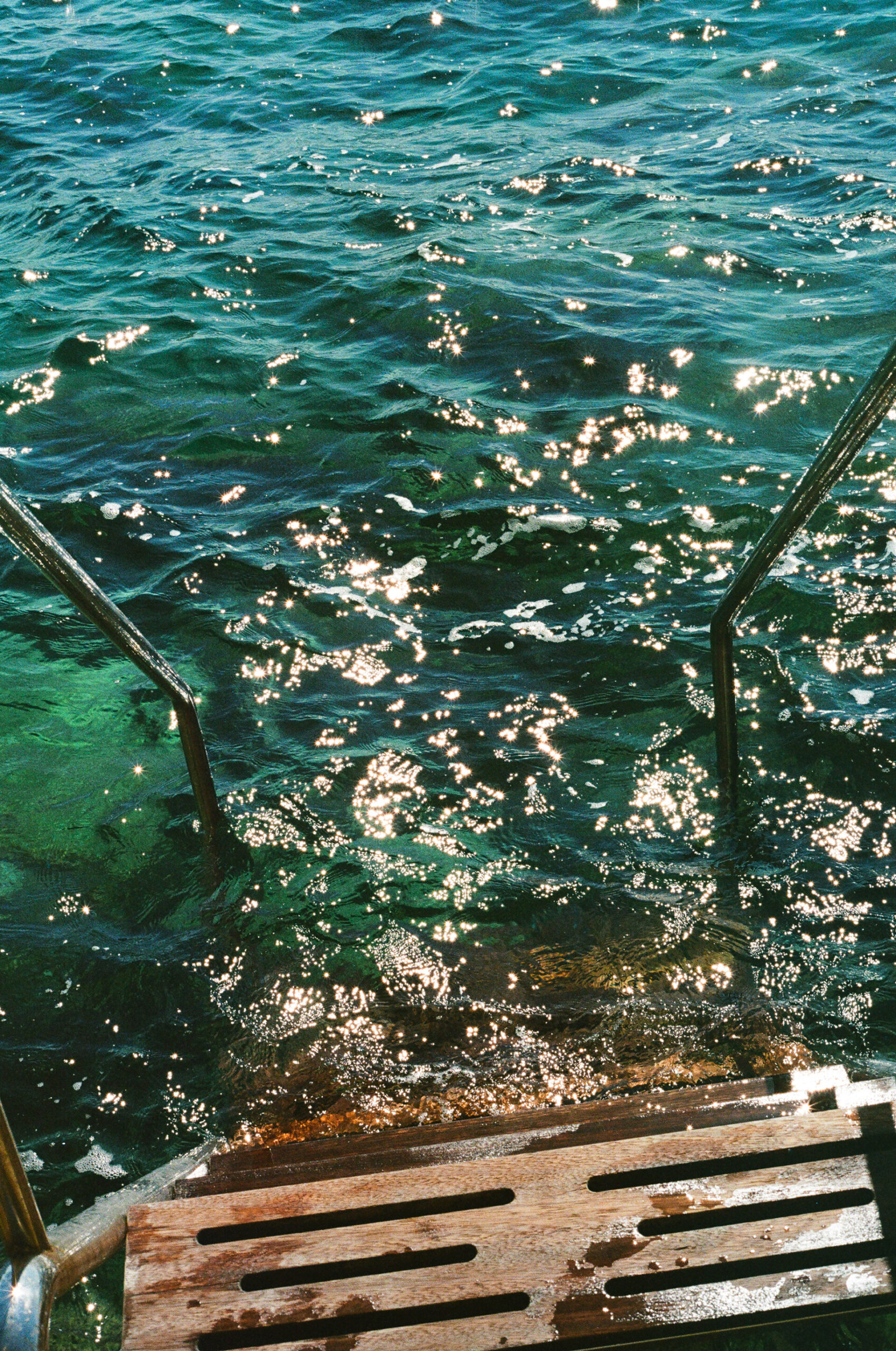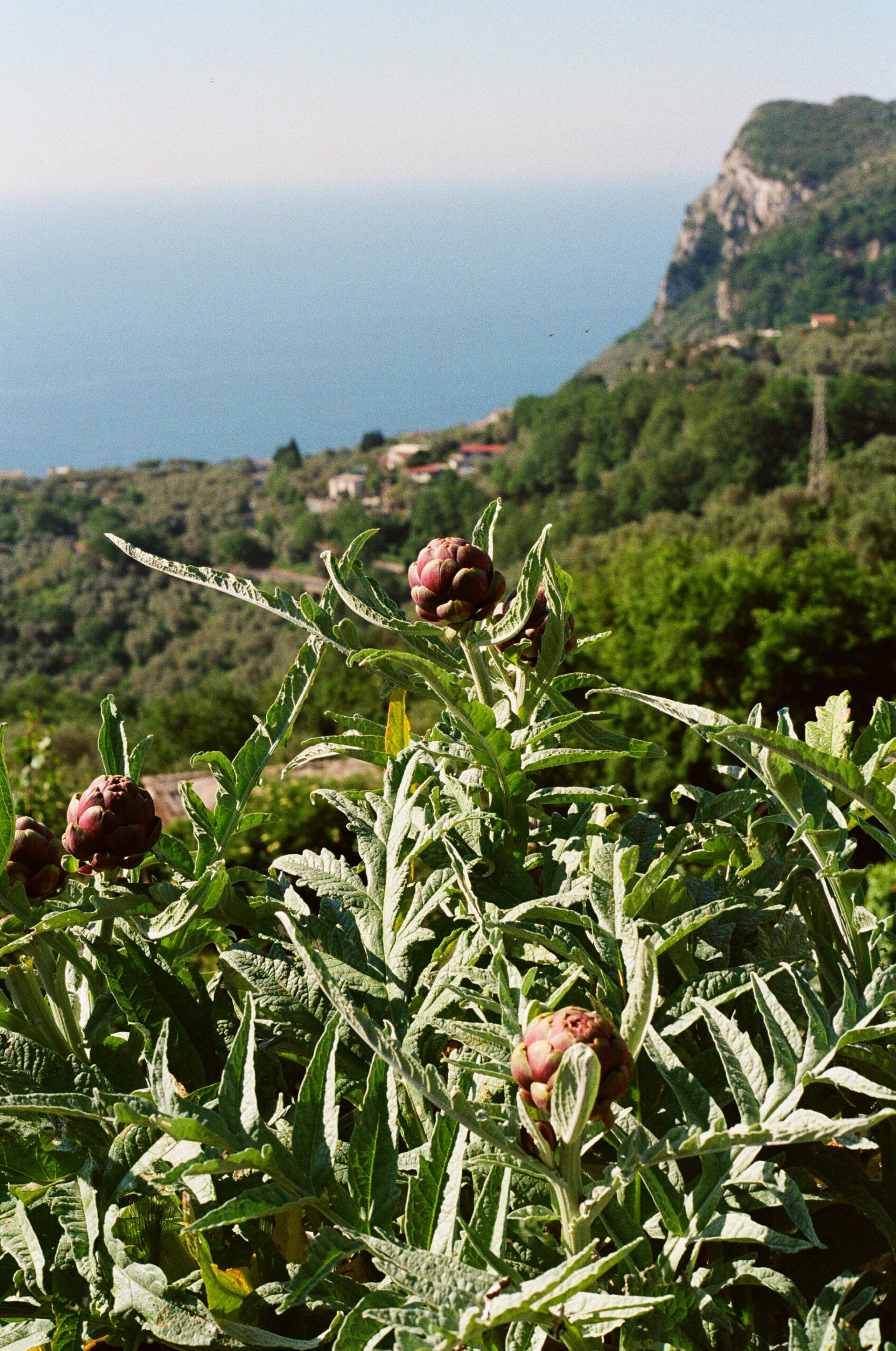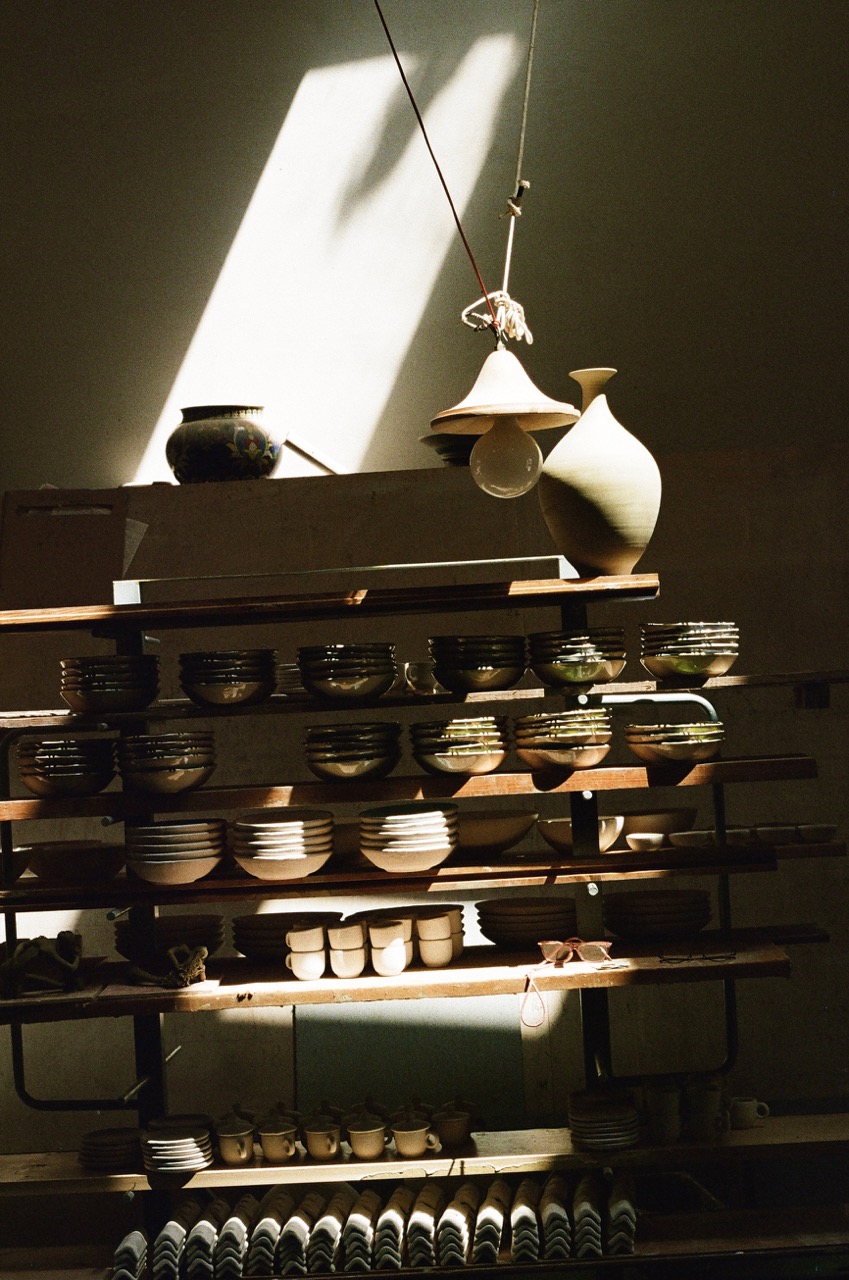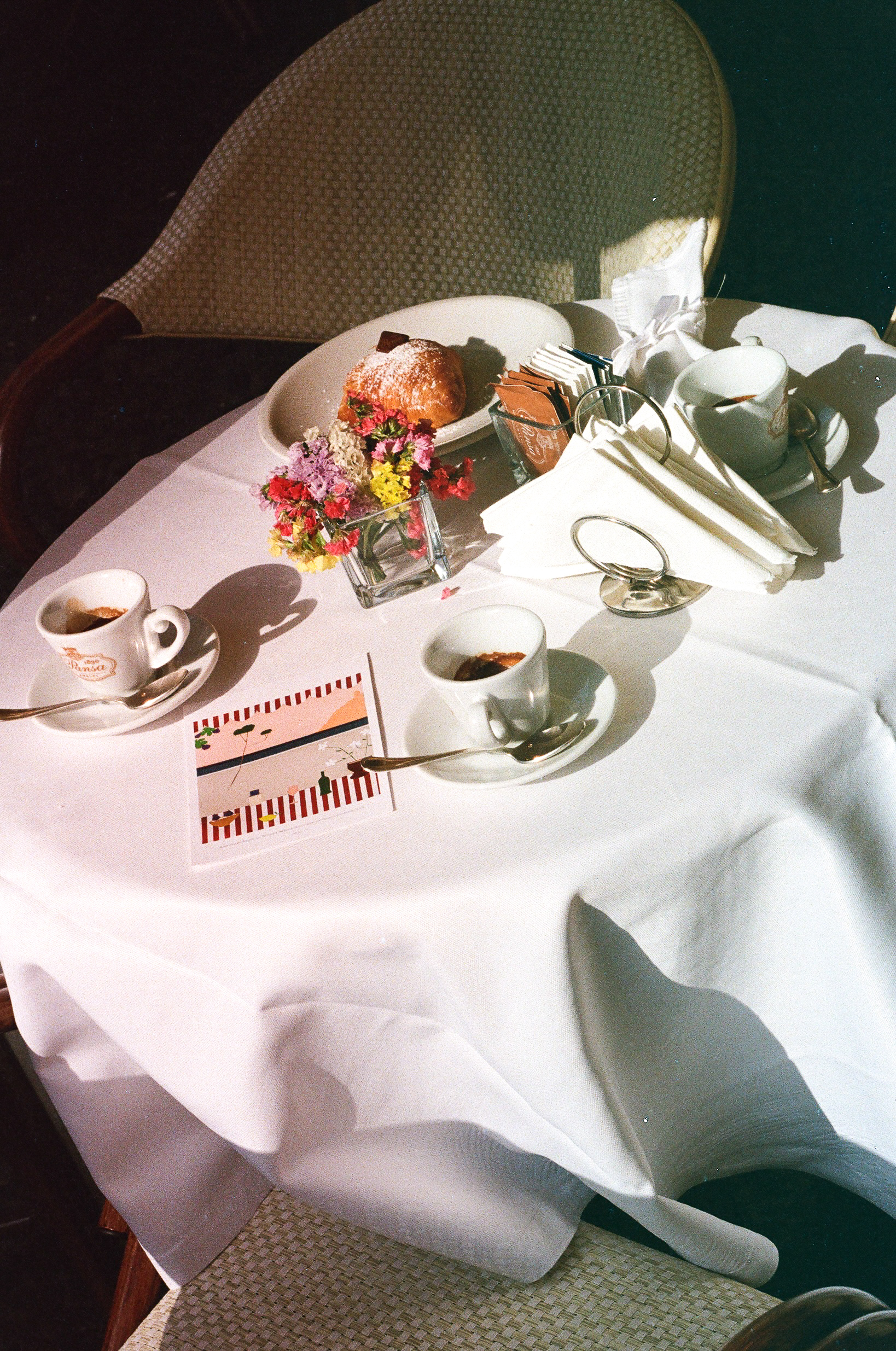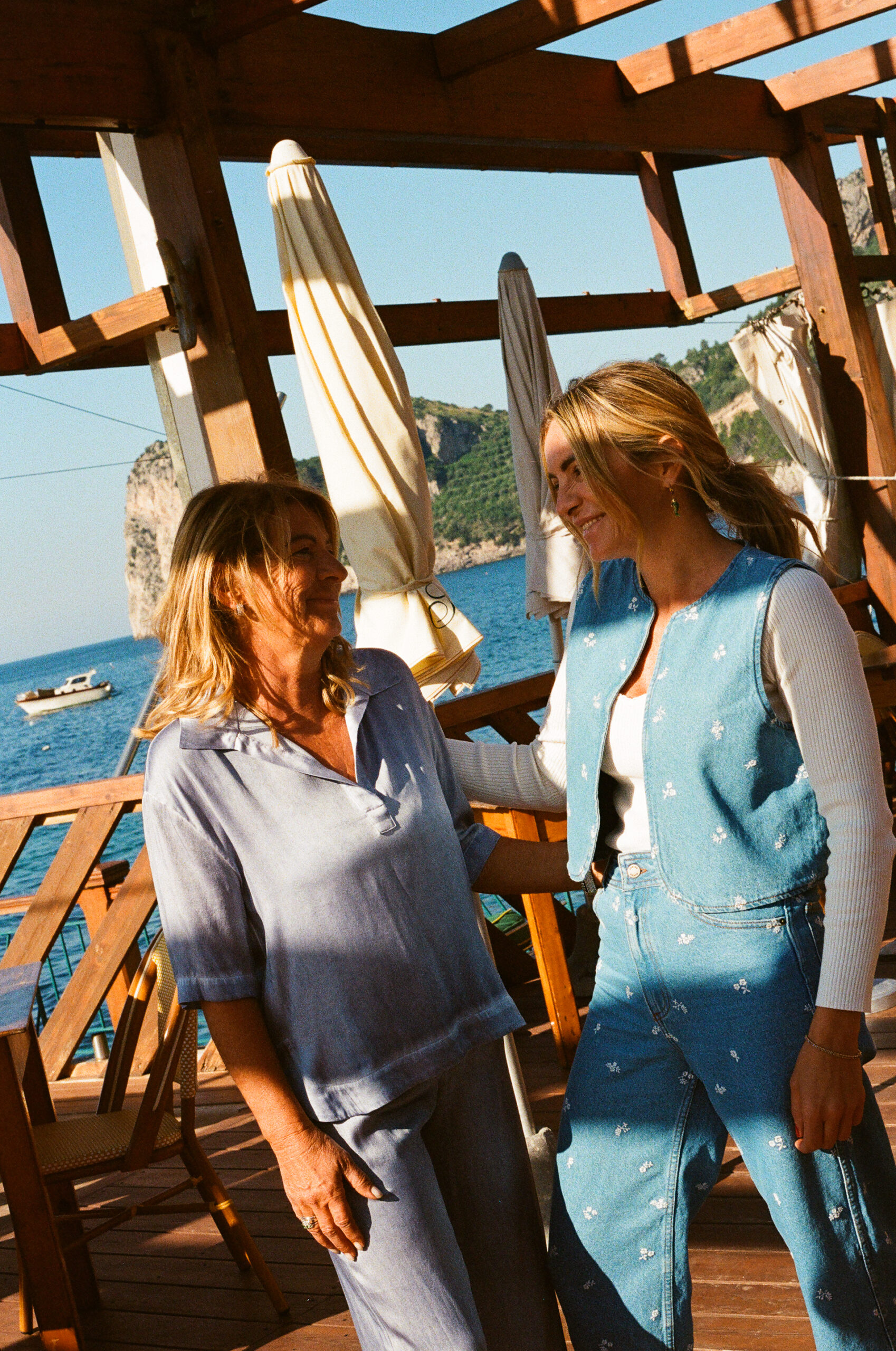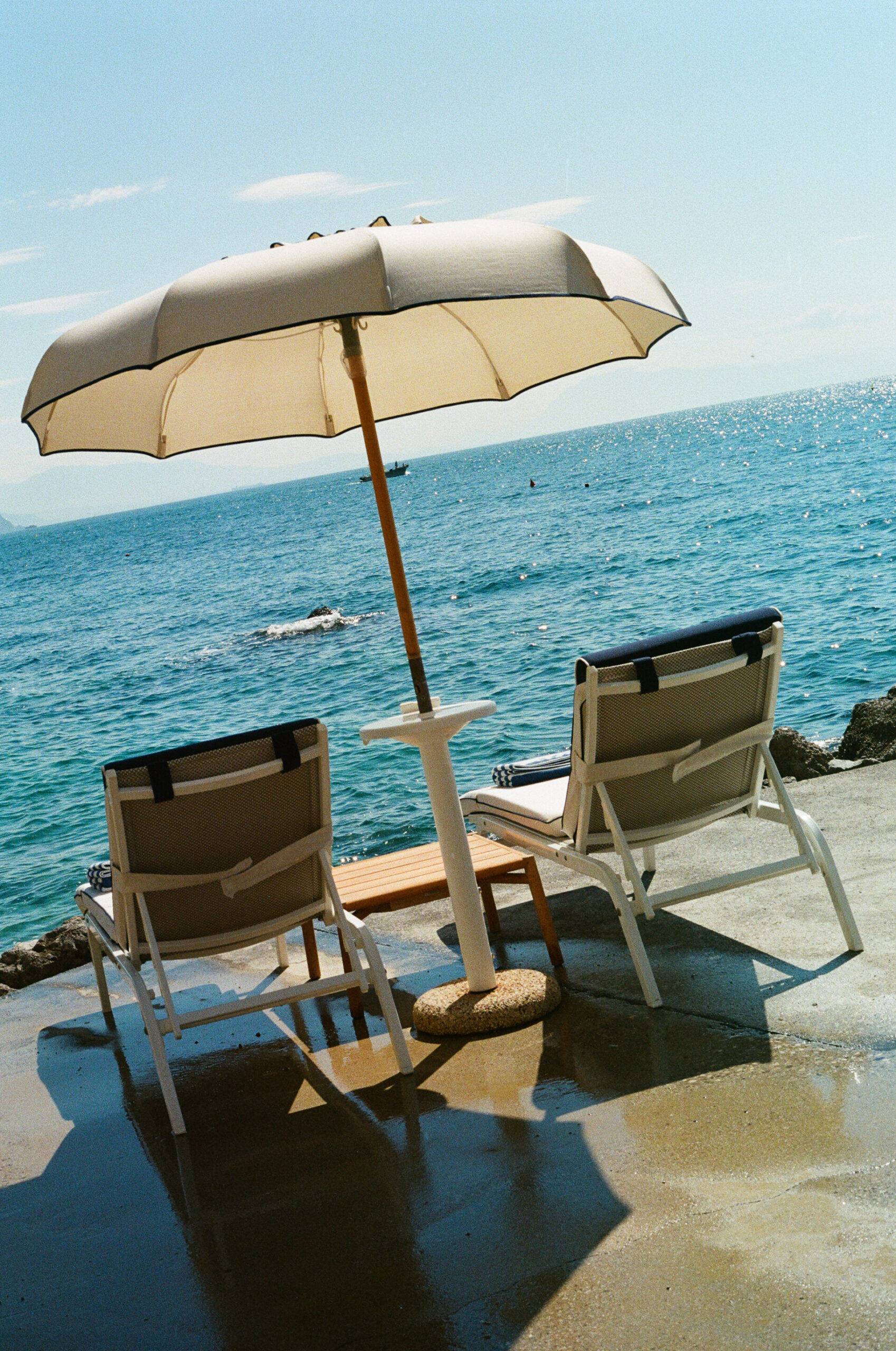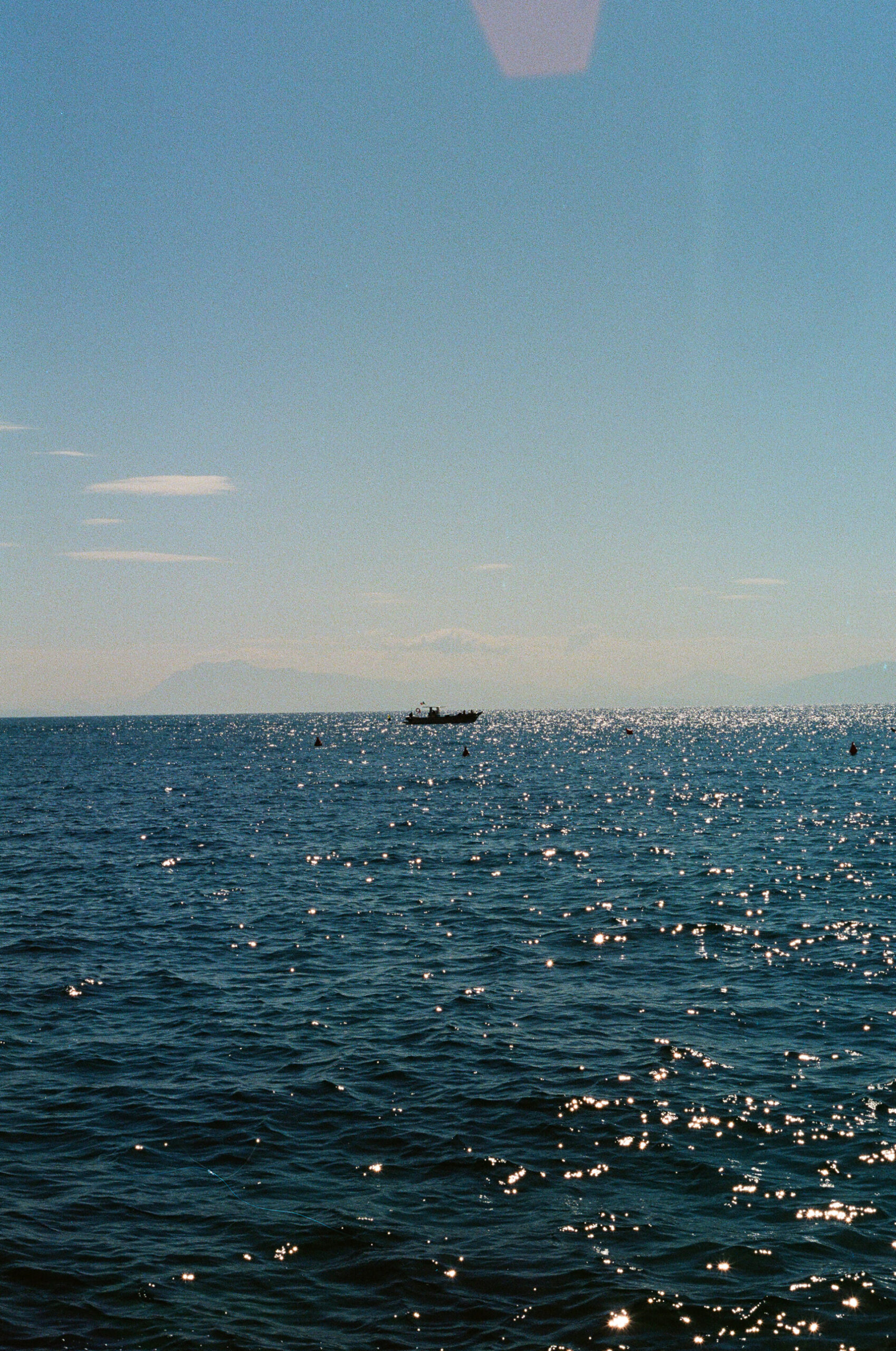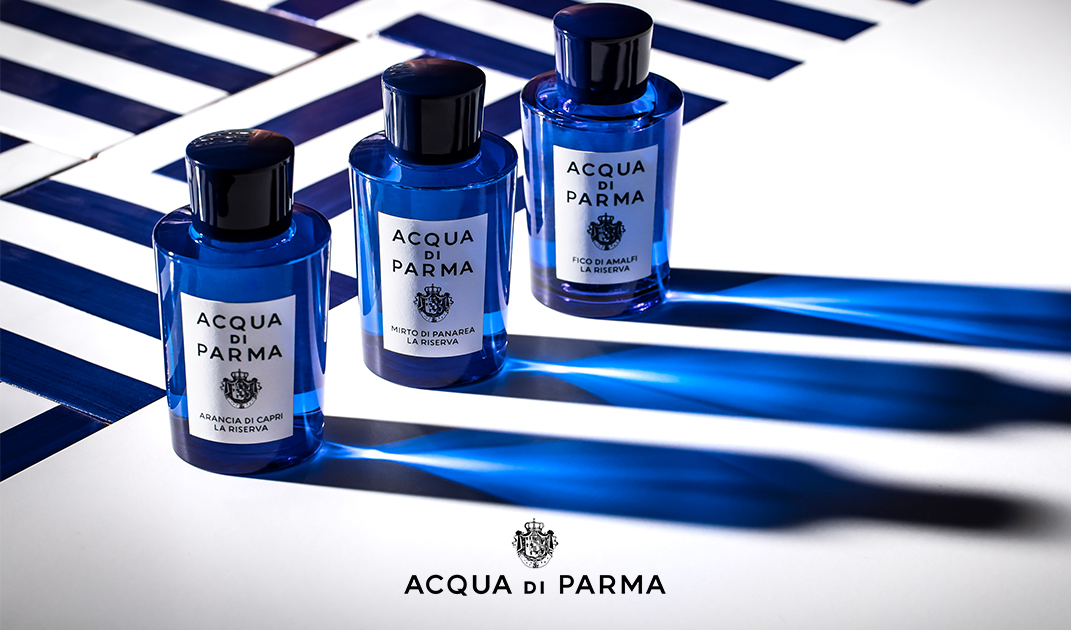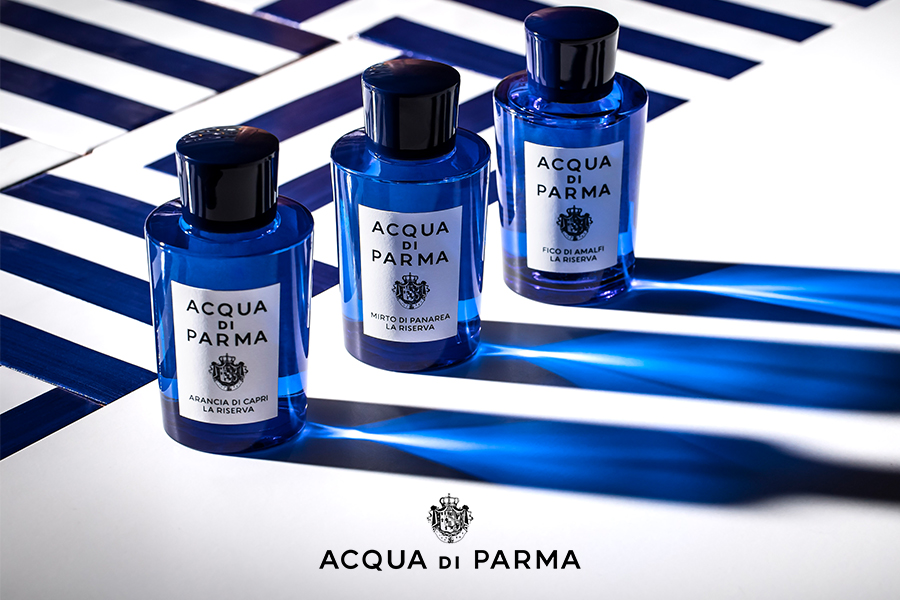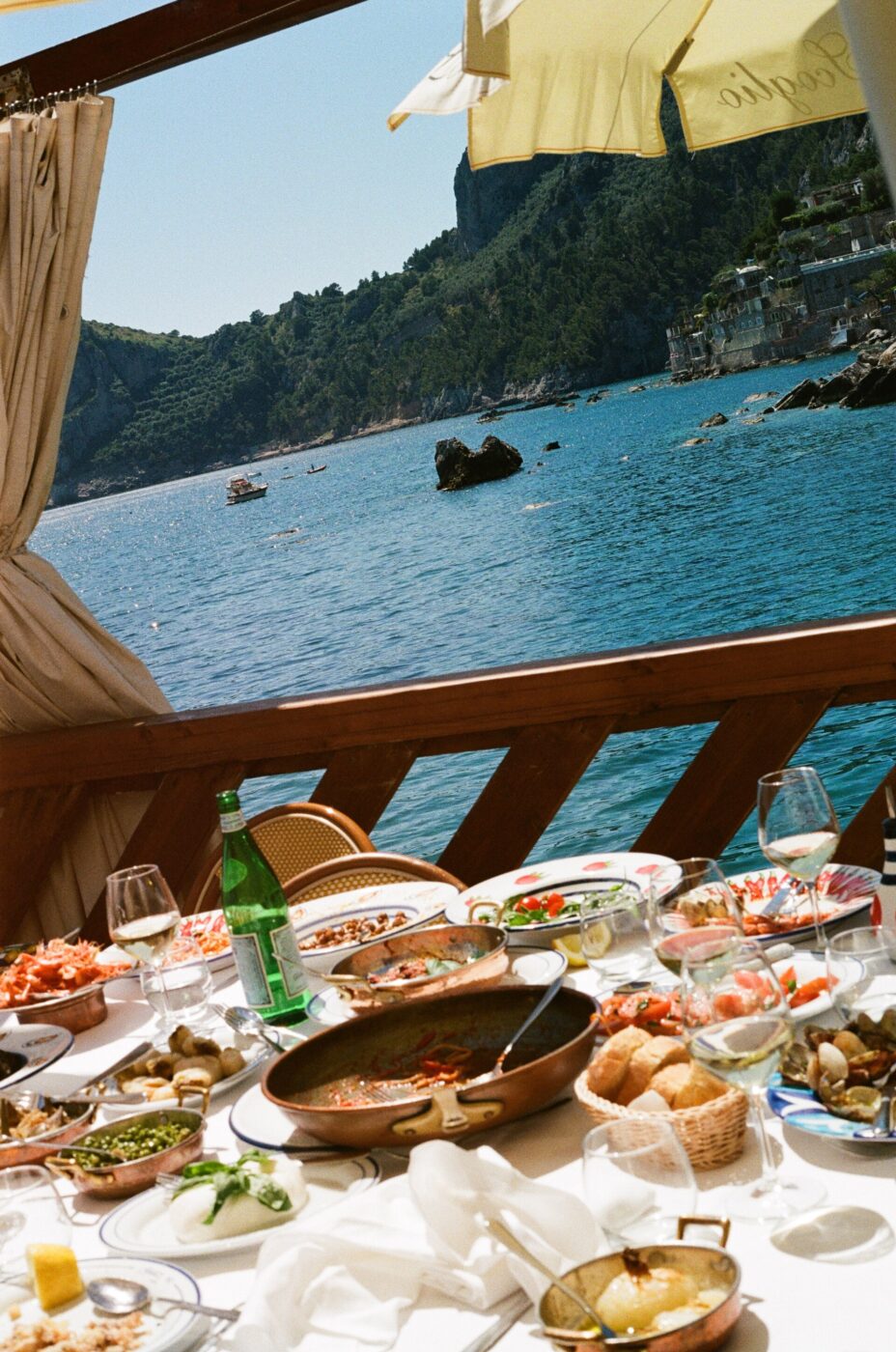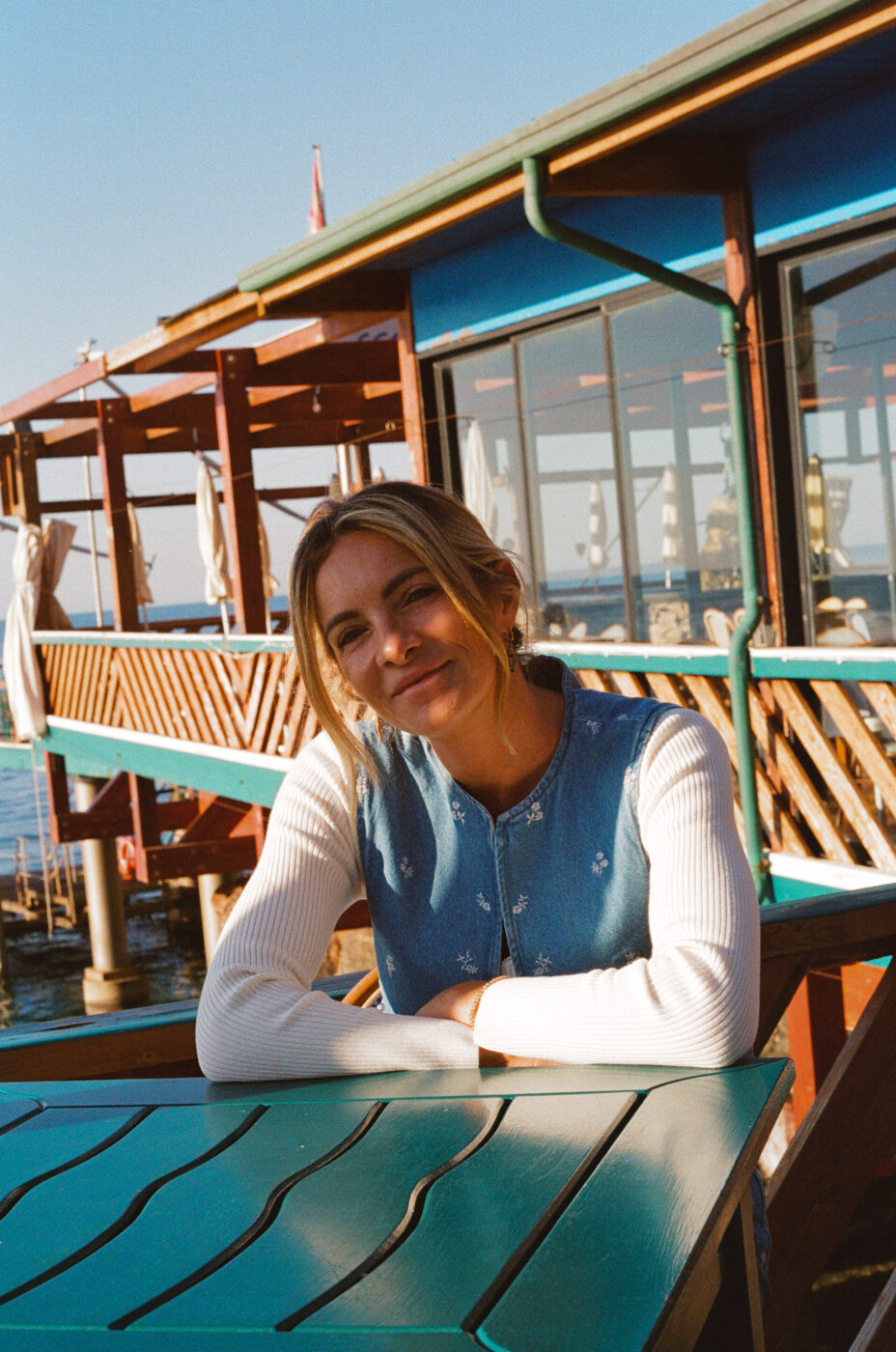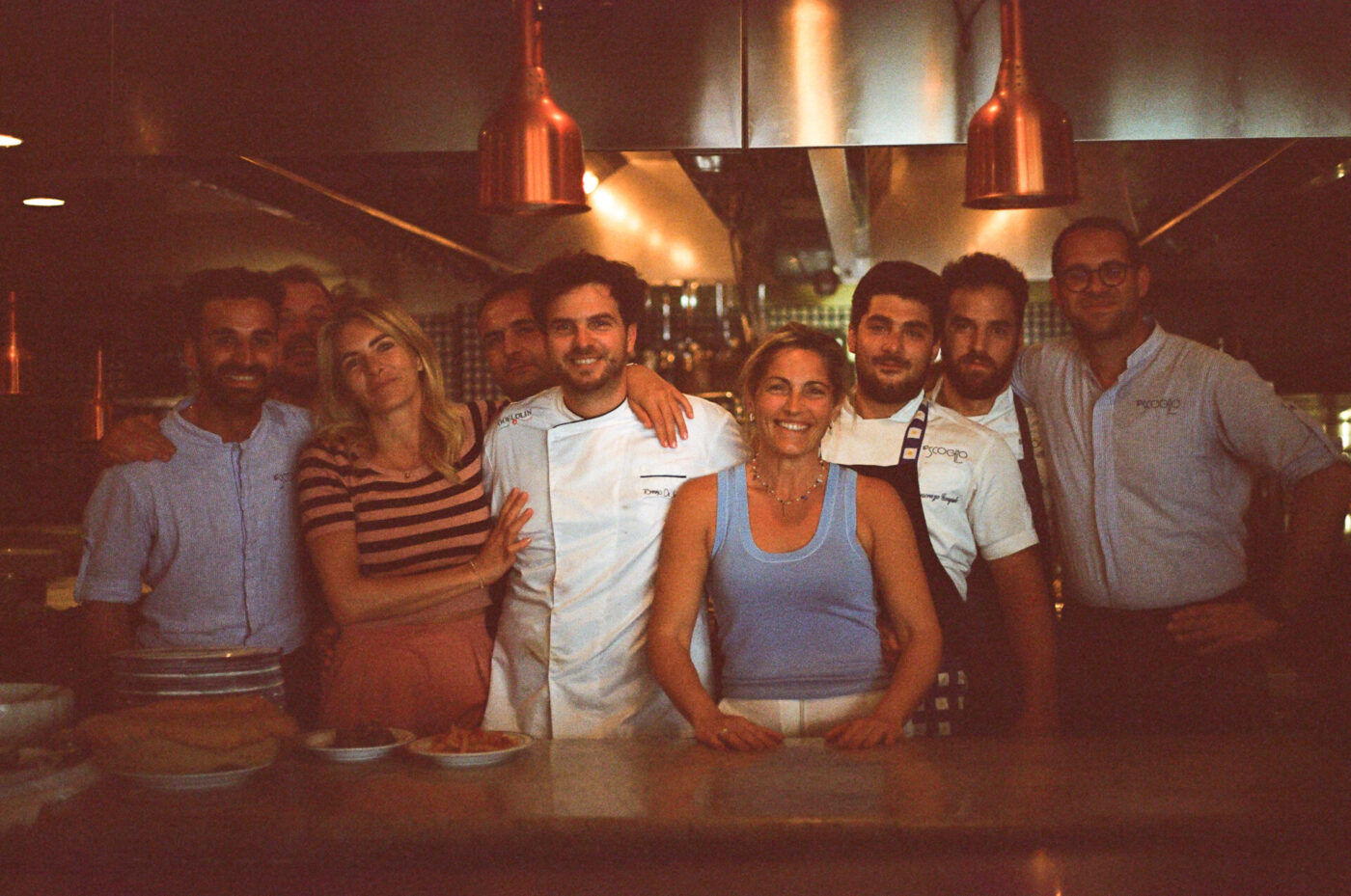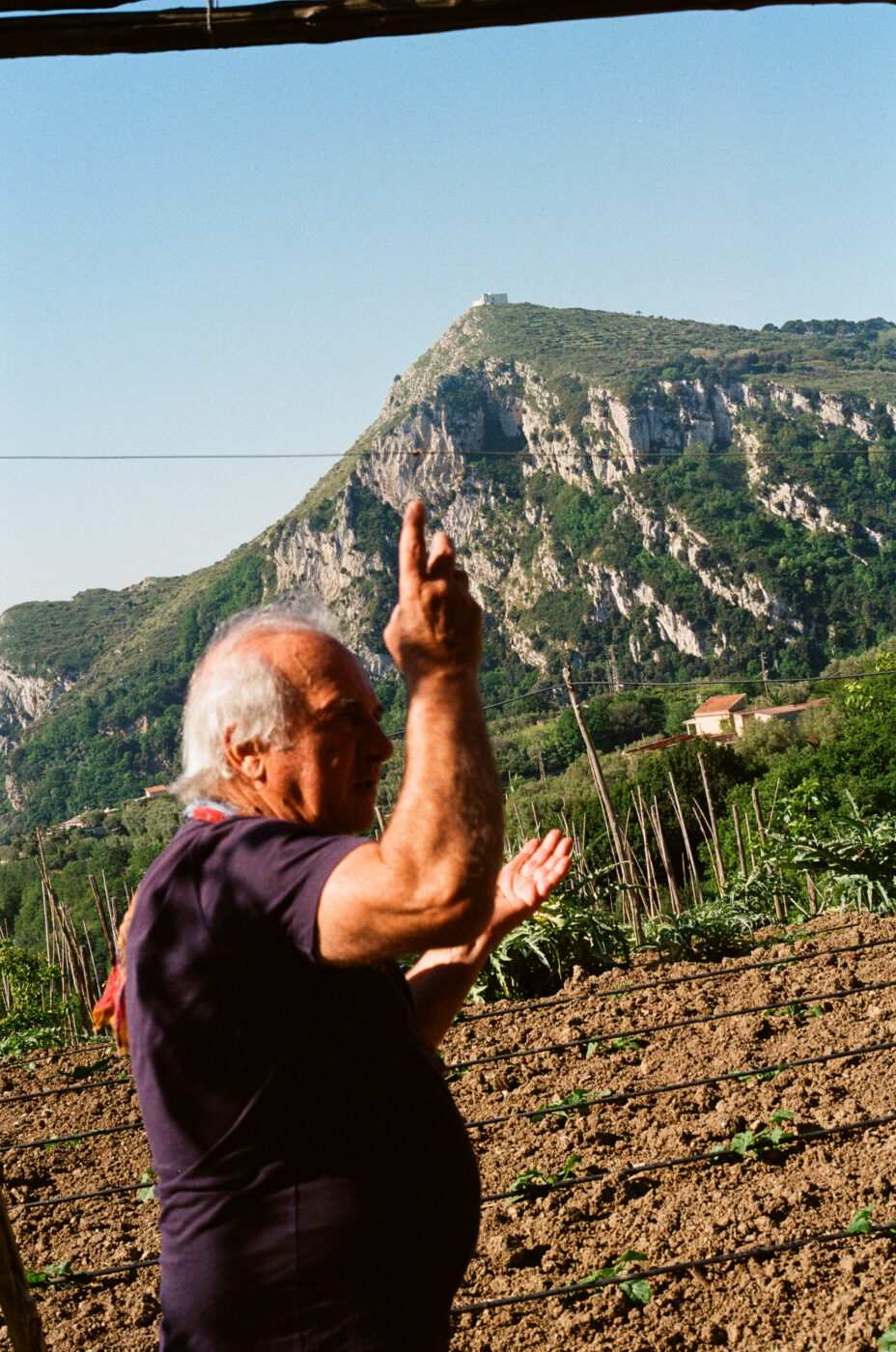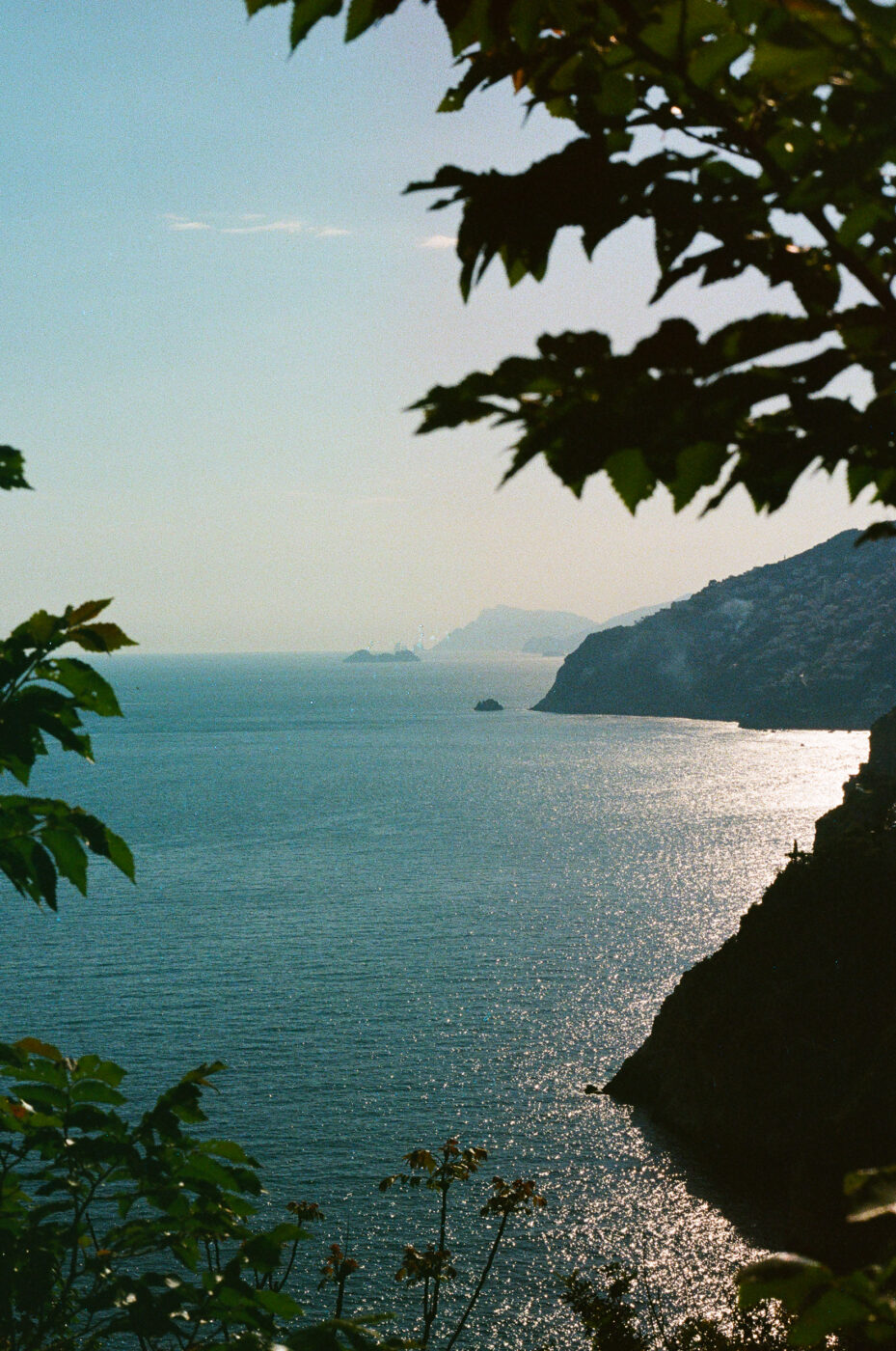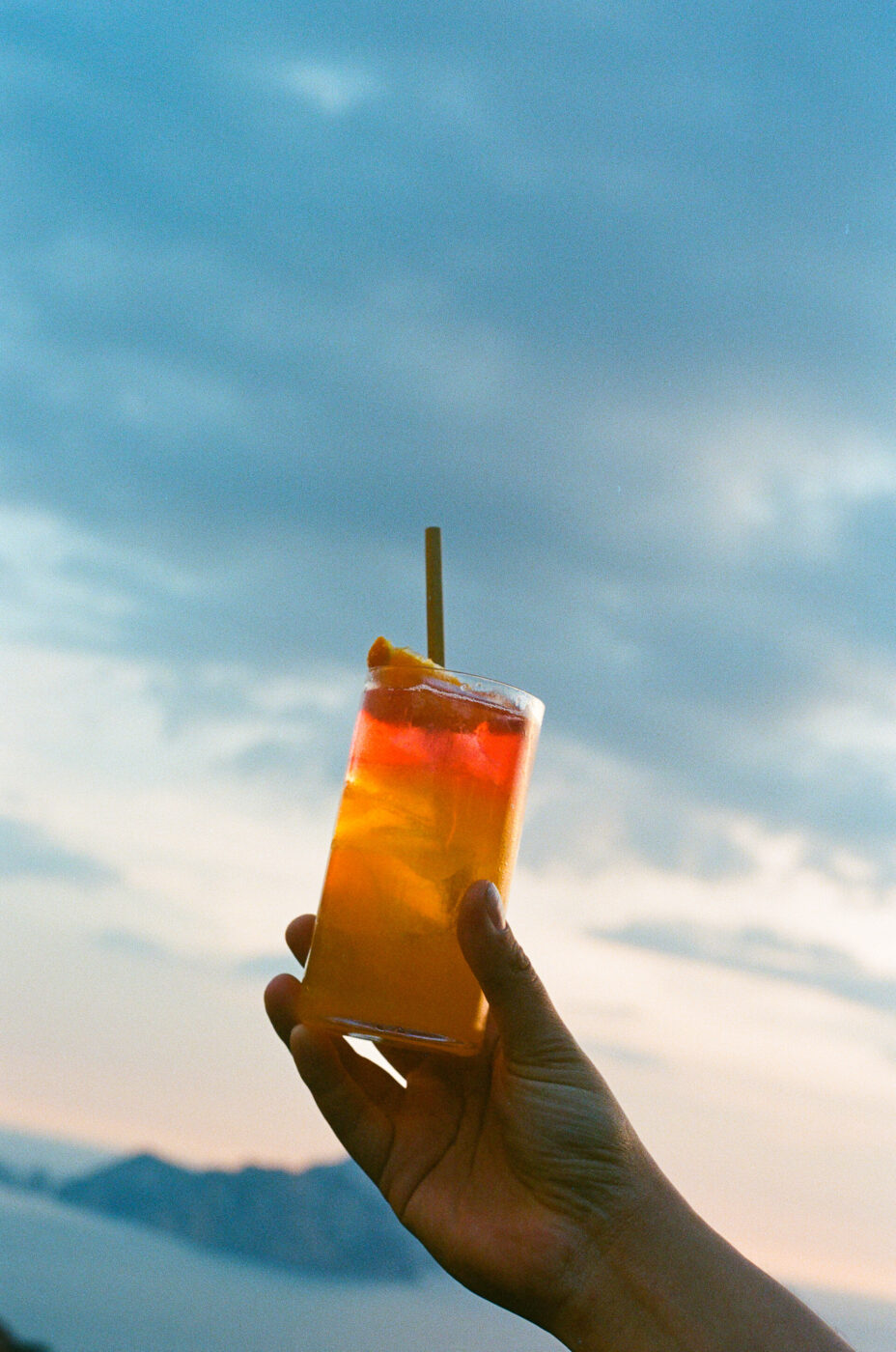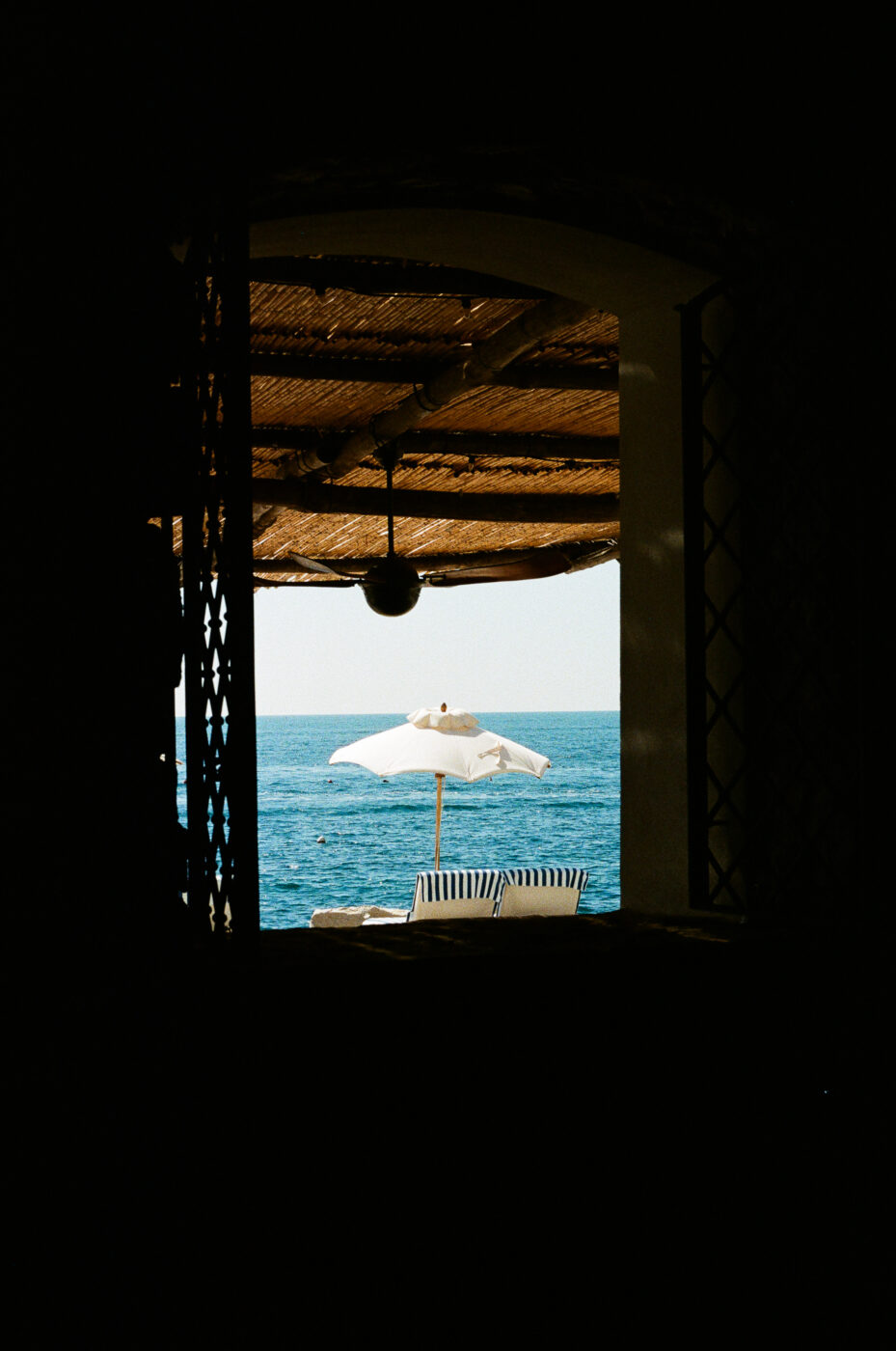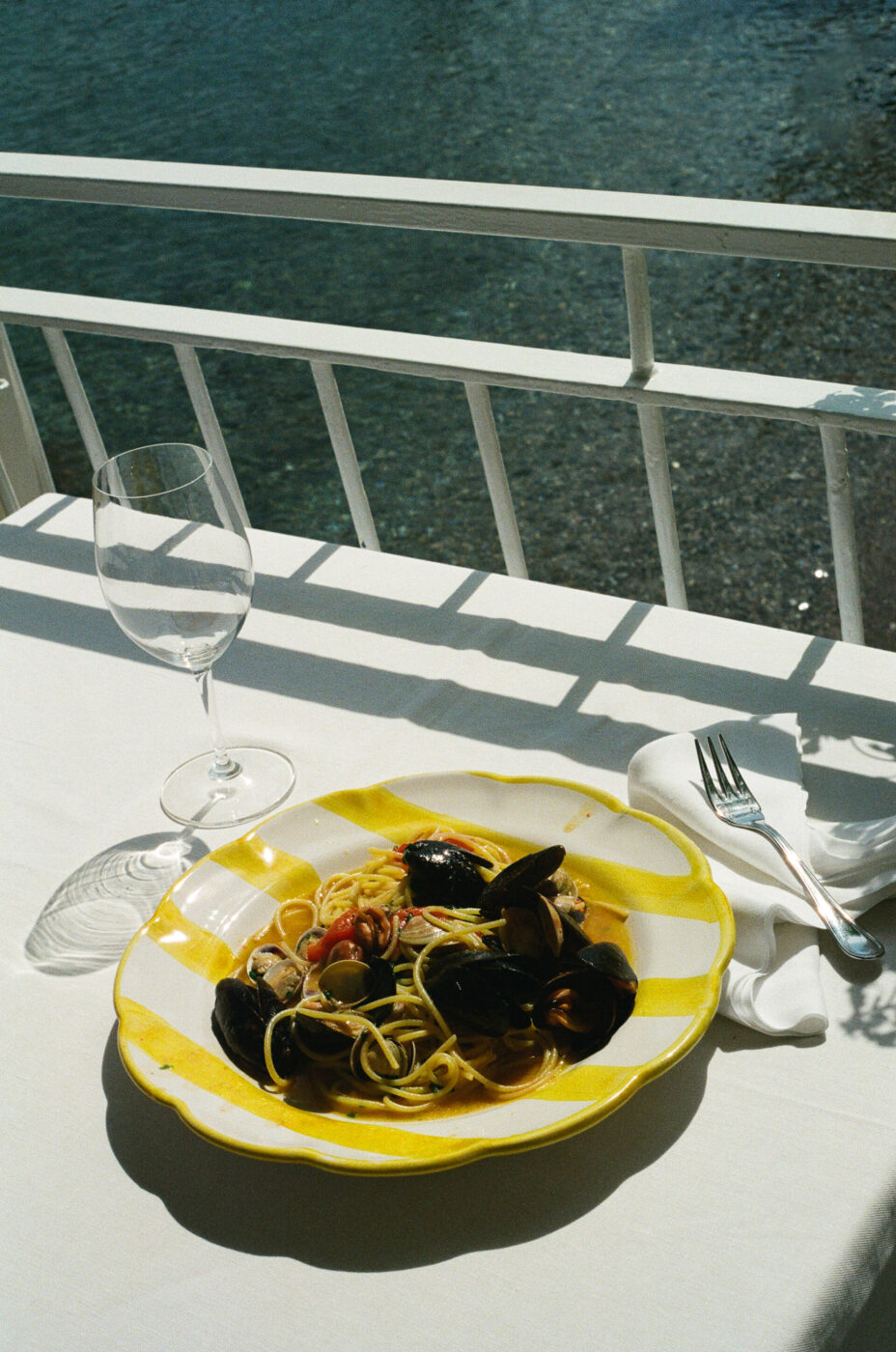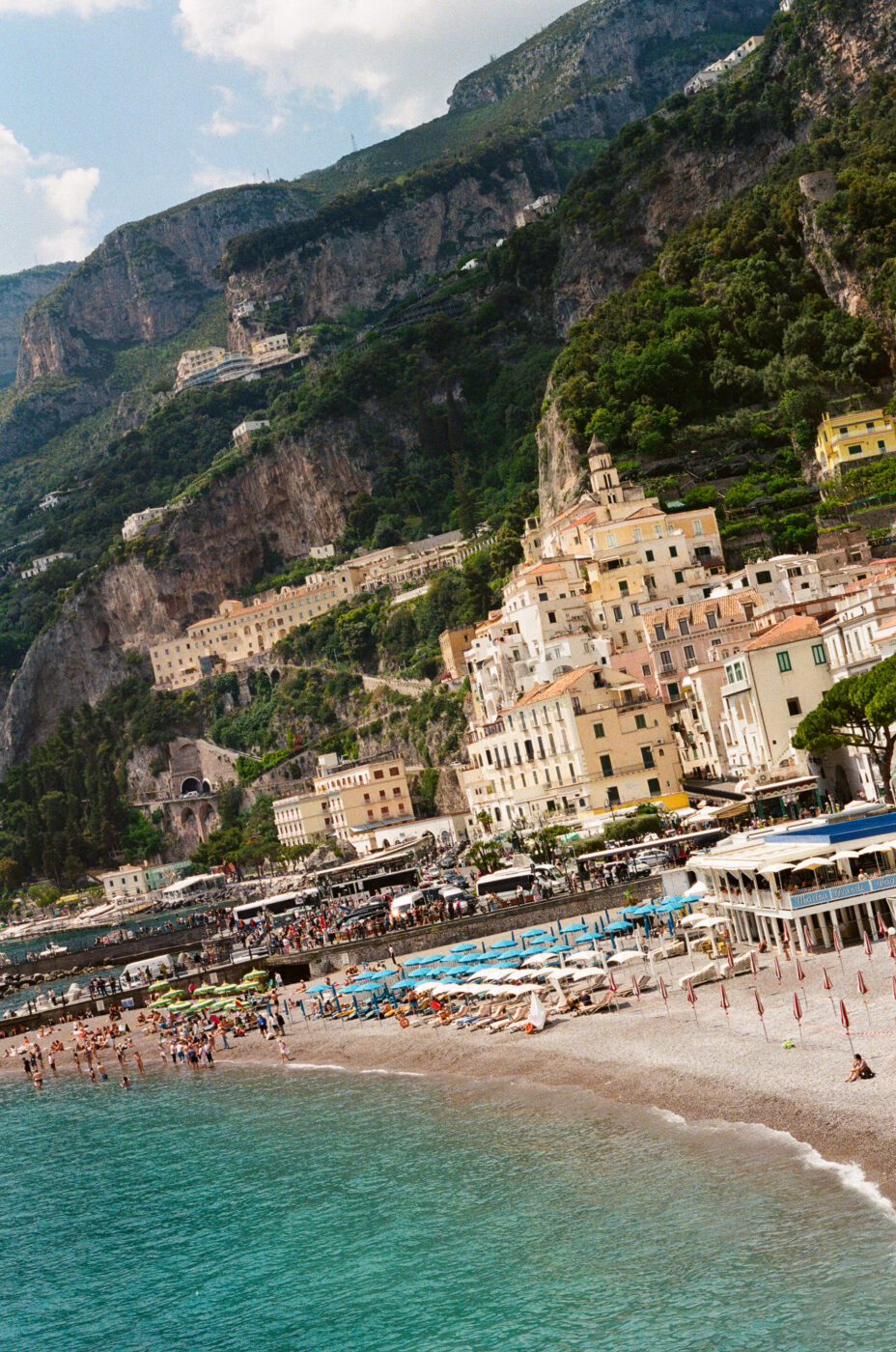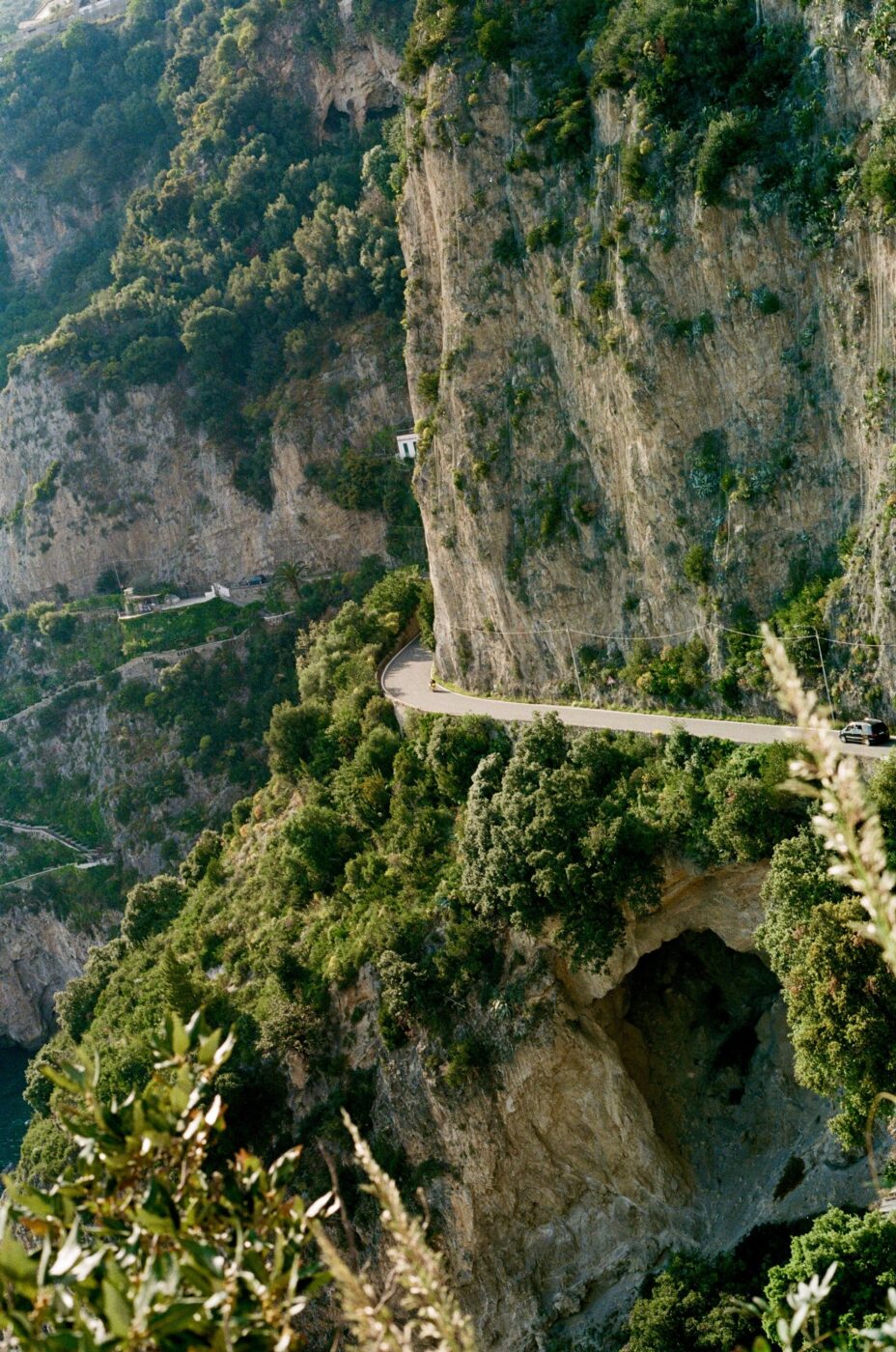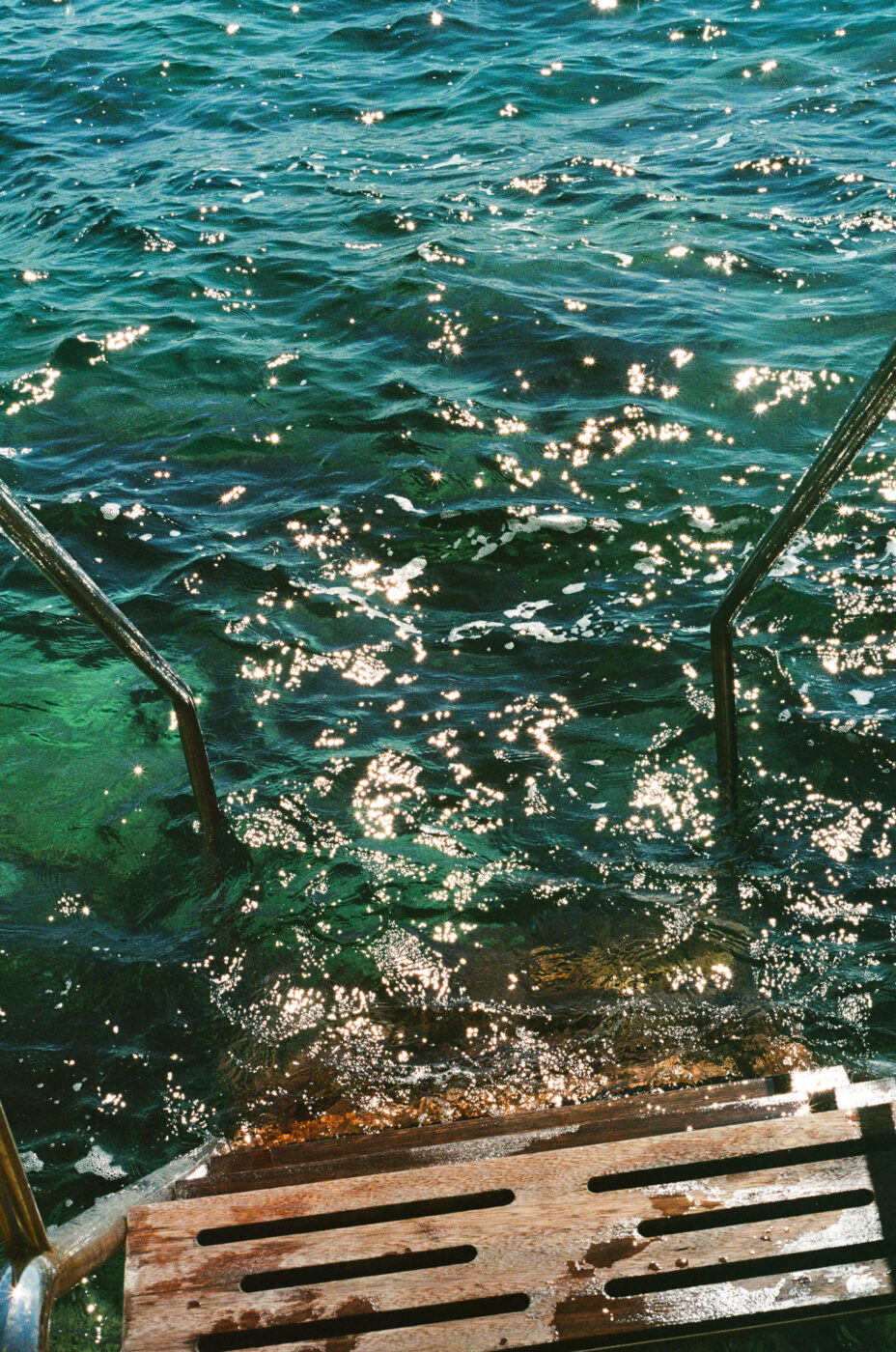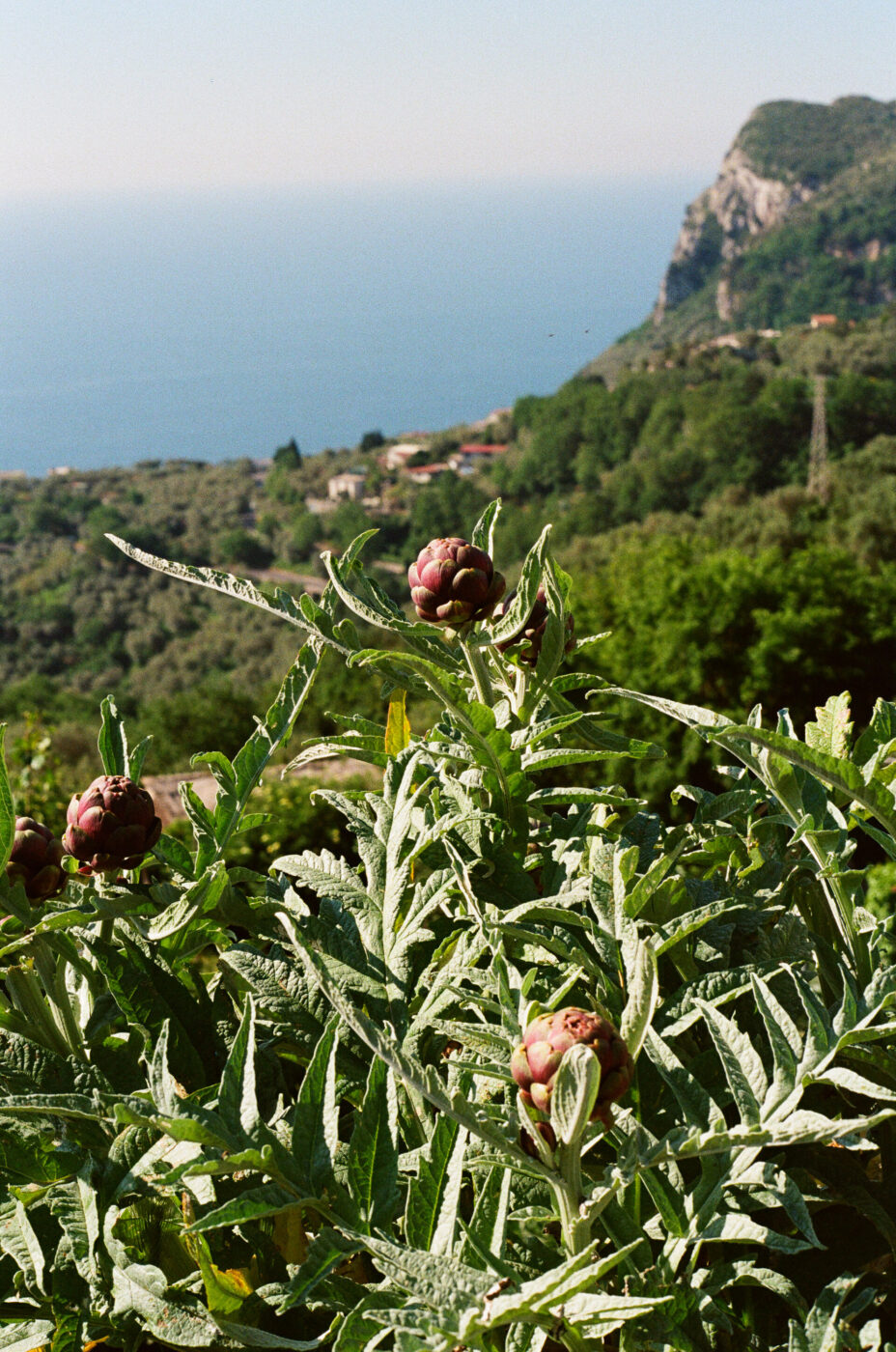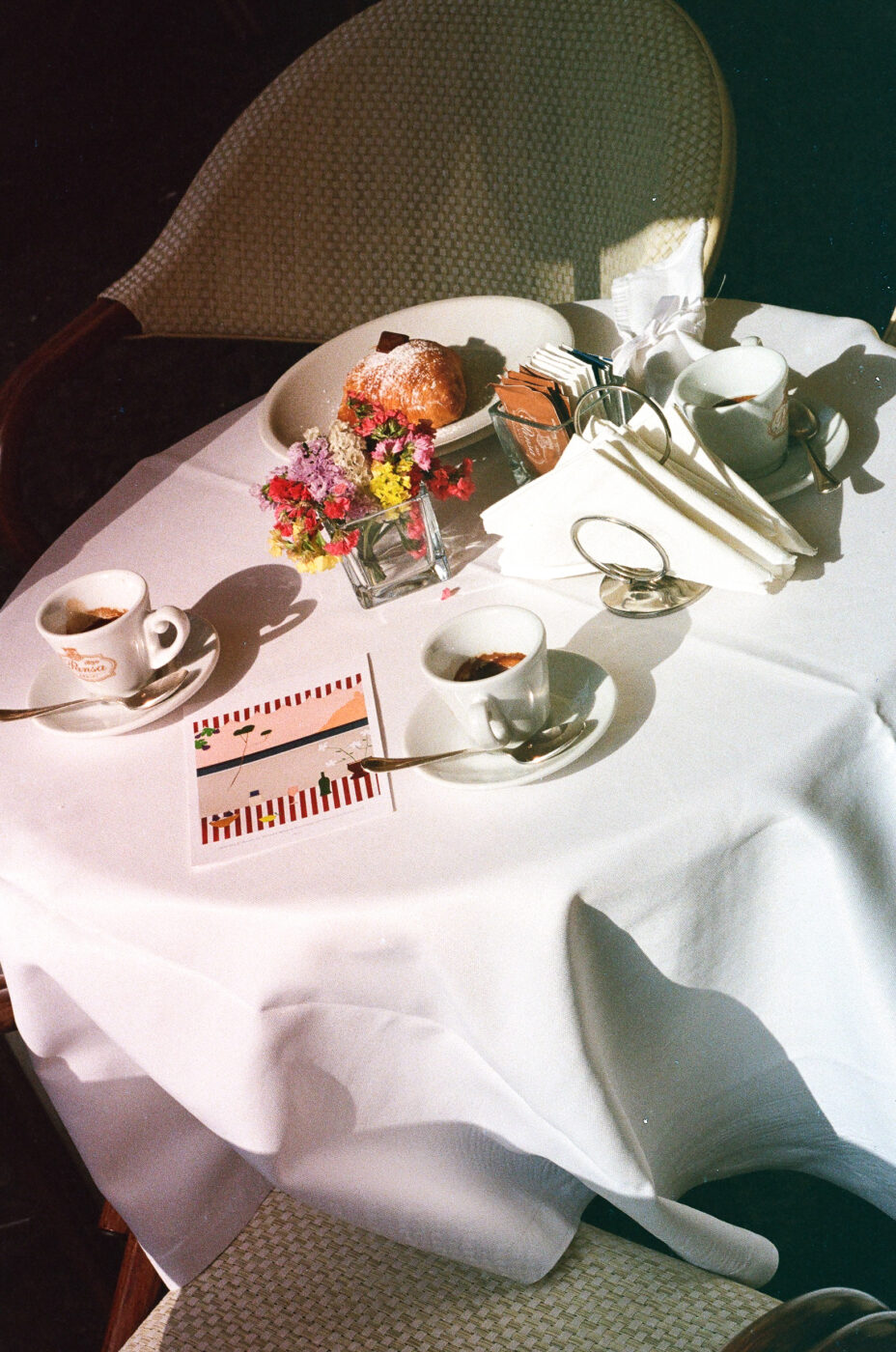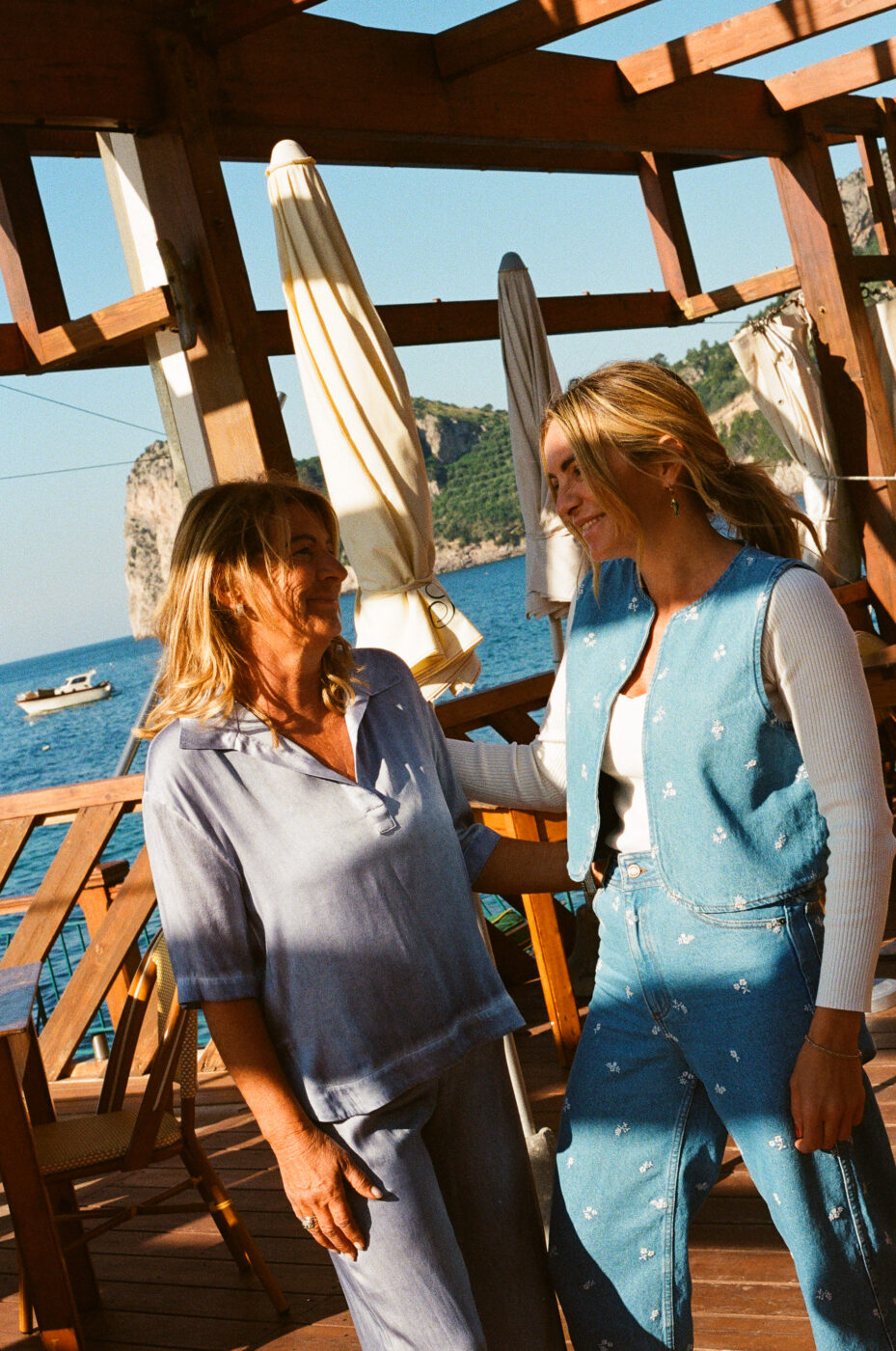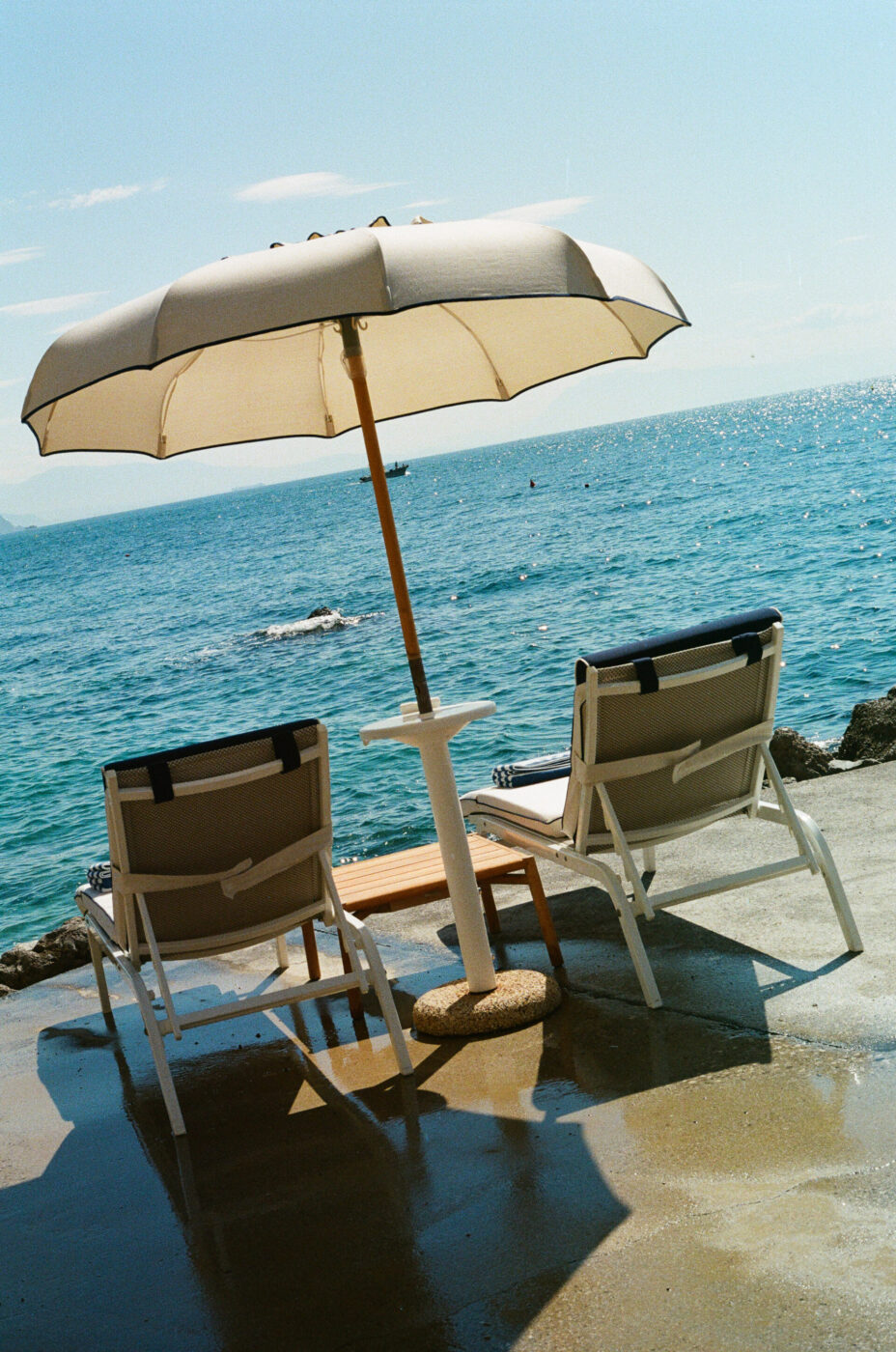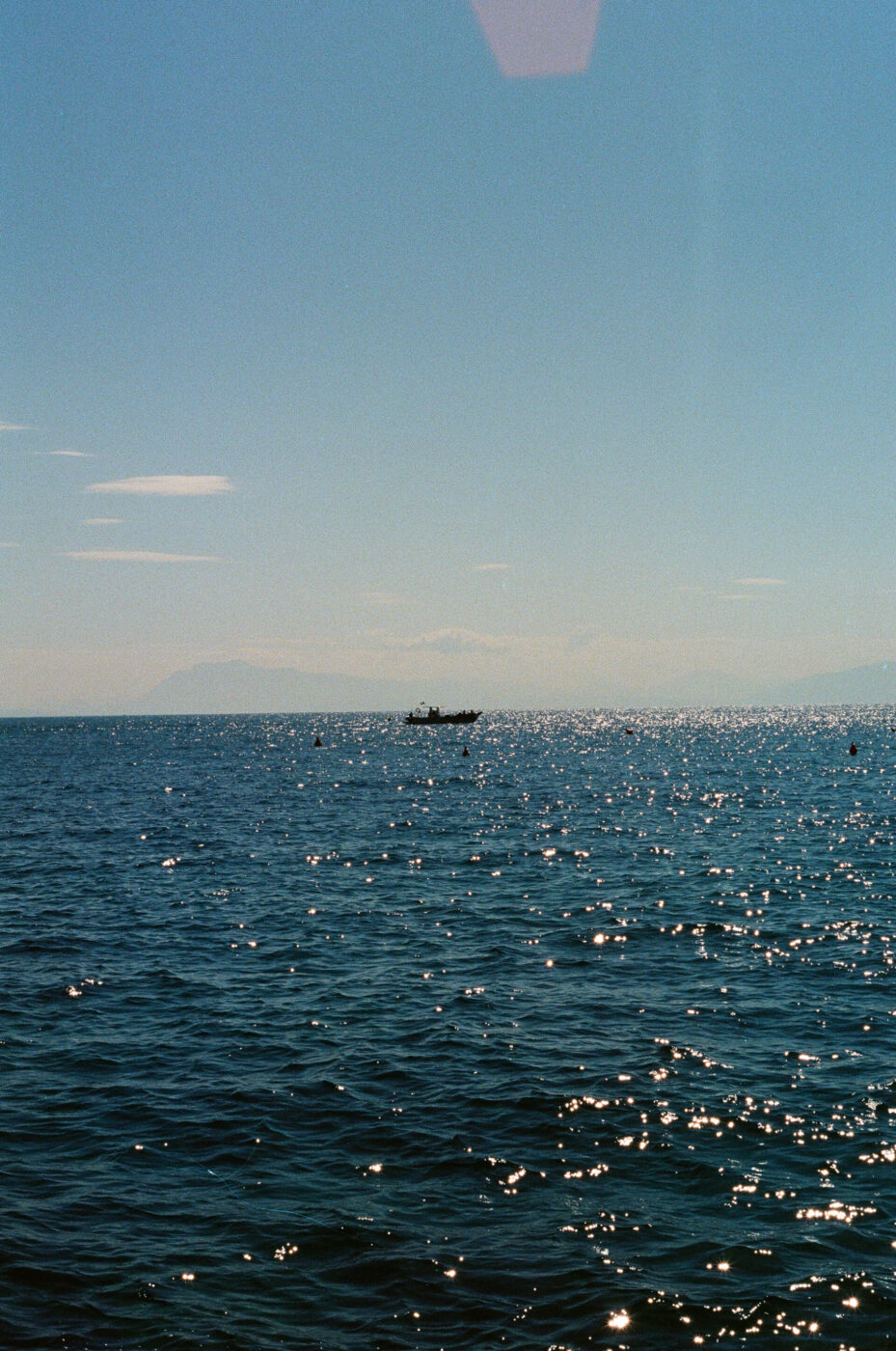Once a powerful maritime republic, the Amalfi Coast today is known more for limoncello stands and beach clubs than shipyards and trade routes. But behind the tourist-facing veneer are families who’ve stayed put. One of them is the De Simones.
Just around the cape in Marina del Cantone, where the road dead-ends at the sea, you’ll find Lo Scoglio da Tommaso, the family’s open-air restaurant perched directly above the water on its own wooden pier. Founded in the 1950s, it’s become a cult destination for simple, ingredient-driven food: just-caught fish, tomatoes at their absolute peak, and the world-famous spaghetti alla Nerano—fried zucchini, Provolone del Monaco, fresh basil—featured in Stanley Tucci’s Searching for Italy and named one of our 25 essential pasta dishes to eat in Italy.
At risk of sounding hyperbolic, it’s everything you want a seaside Italian restaurant to be—both for guests and the people who live and work there. At 1:00 PM on the dot daily, matriarch Santina pours herself a glass of white wine in the gorgeous blue and white-tiled kitchen, and Choco and Whiskey, the family dogs, laze in the sun and accept affection from anyone who walks by. Every morning, crates of produce from the family’s own three-hectare farm (what they like to call “la terra”) just up the road arrive at the kitchen—harvested moments earlier and hand-delivered down the hill. If you happen to show up around 6 AM, depending on the season, you might see lettuces still glistening with dew, spring peas piled high, or baskets of zucchini blossoms curled in on themselves.
Giuseppe, the charismatic patriarch known as Peppino, tends to the terraced gardens, where they grow nearly everything served in the restaurant themselves: tomatoes, artichokes, lemons, chickens, even pigs, and, of course, rows upon rows of zucchini. “The zucchini grow up here, with this view,” Peppino says, sweeping his hand towards the sea vista. “They have a good life.”
The De Simones have been asked to expand, to turn Lo Scoglio into a brand—but they always say no, and the reason is simple: la terra. Without this land, the food wouldn’t taste the same—and that’s a compromise they won’t make.

The spread at Lo Scoglio
But they don’t feel limited by staying put. Quite the opposite. “The land has made me free,” says Peppino. “It gives me strength, gives me the greatness of everything. It’s romantic. There’s so much good in the land.” (And that’s not to mention the physical resilience it builds. “A Poseidon body—the kind you see in statues from thousands of years ago. Those bodies weren’t made in gyms. They were warriors, farmers.”)
His daughter Antonia was named after her grandmother—‘Ntunetta, as celebrities once called her—the legendary hostess who set the tone of the place. Today, Antonia runs Lo Scoglio with her siblings: Margherita, who moves between the dining room and kitchen, and Tommaso, who leads the kitchen itself.
Antonia is the one most present in the sala. “My sister calls me capa tosta—stubborn,” she says. “When I have an idea, I see it through. And I take care of all the little details.” You’ll often find her tying her blonde hair into a ponytail before dinner service begins or talking about tomatoes the way some people talk about wine. What matters to her most is food that’s honest—and gestures that help guests understand what the real Amalfi is.
“It’s the vegetables, the simplicity, that leave an impression,” she tells us. “And that makes me proud. Not just of the place, but of all our work behind it. Of my father’s work.”
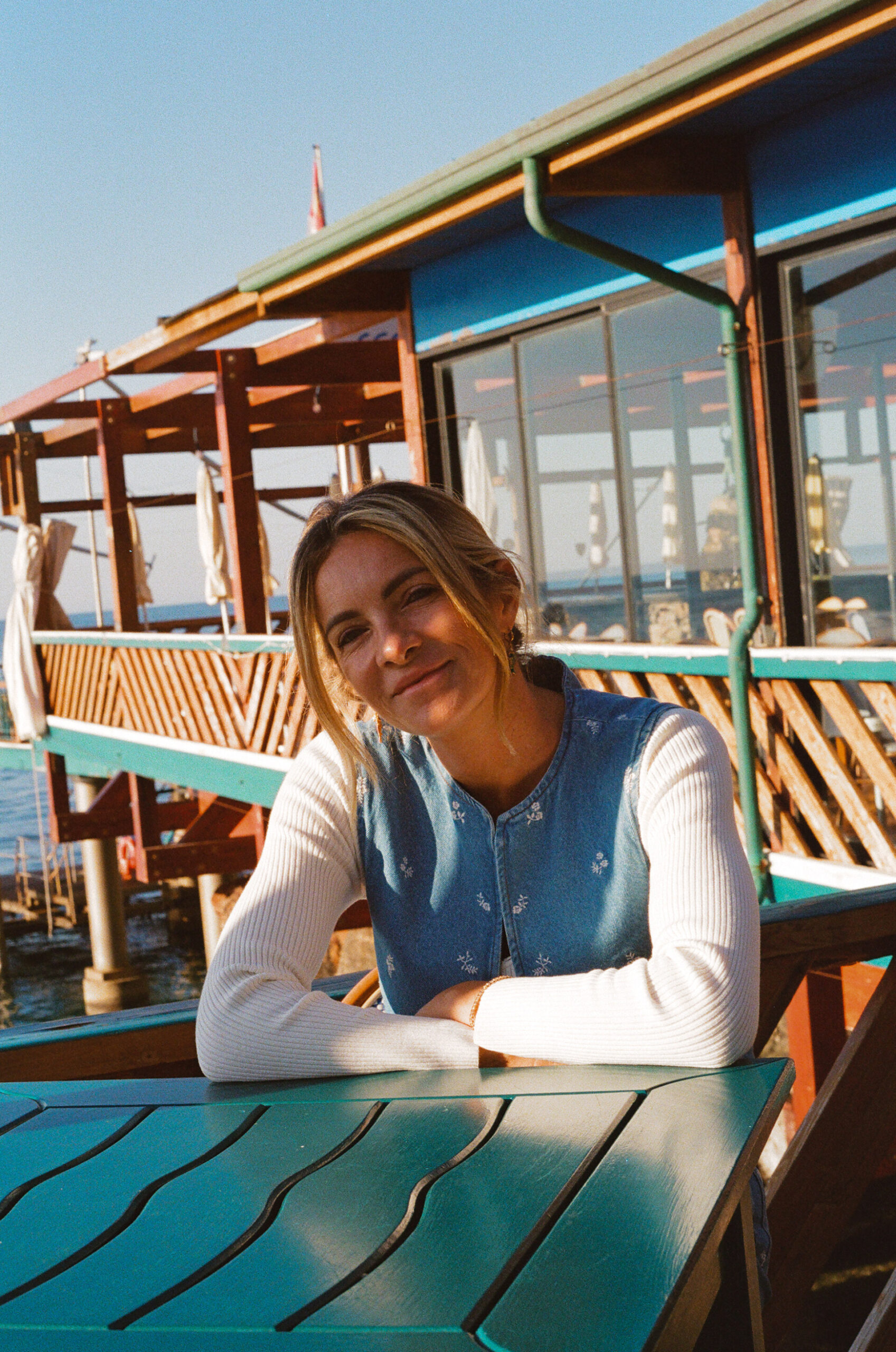
Antonia De Simone
IS: Has your Costiera changed?
Antonia: I find it exactly as it was when I was a child—from November onward. Here on the coast, it’s like we live two different lives. One starts in April, made of tireless rhythms, and the other begins in November, when we become more aware of ourselves. In that moment, you feel the slowness. The colors change, the light shifts, and I find this village again—it reminds me of when I was a little girl. The fishermen’s nets were laid out to dry, and the sea seemed even more crystal-clear.
Only those of us who live here remain. It’s like the place returns to its original, primal nature.
IS: Your grandmother started Lo Scoglio?
Antonia: Yes. My grandmother opened the restaurant in the ’50s with my grandfather. She’s the muse who inspires our cooking, and our two large farms are the engine behind what we do—the vegetables are the heart of our cuisine. In some ways, it feels like our grandparents are still here. Their presence has shaped the personality of Lo Scoglio.
IS: Was Tommaso your grandfather?
Antonia: No, Tommaso was my uncle. He died at 19—it’s a tragic story. He crashed his helicopter into the sea near Nerano while trying to surprise our grandparents with a visit. My grandmother always said his soul never left this place. My brother—the chef, also named Tommaso—not only carries his name, but also his gentleness, his adventurous spirit. They even look alike.
IS: You’re three siblings, right?
Antonia: Yes! Without my sister Margherita’s determination, or my brother Tommaso’s brilliance—and especially his patience, which is immense—I don’t know how I’d do this. My sister is more behind the scenes, always moving between the dining room and the kitchen. She’s the one with the strength and grit to run things. When she speaks in the kitchen, everyone listens. When I speak? No one listens. That’s the difference.
It’s not just a matter of blood—it’s really the common thread of love, of family. I mean, how can you not love them? But you know what it is? They’re simply people—beyond blood—with whom I’ve shared everything.
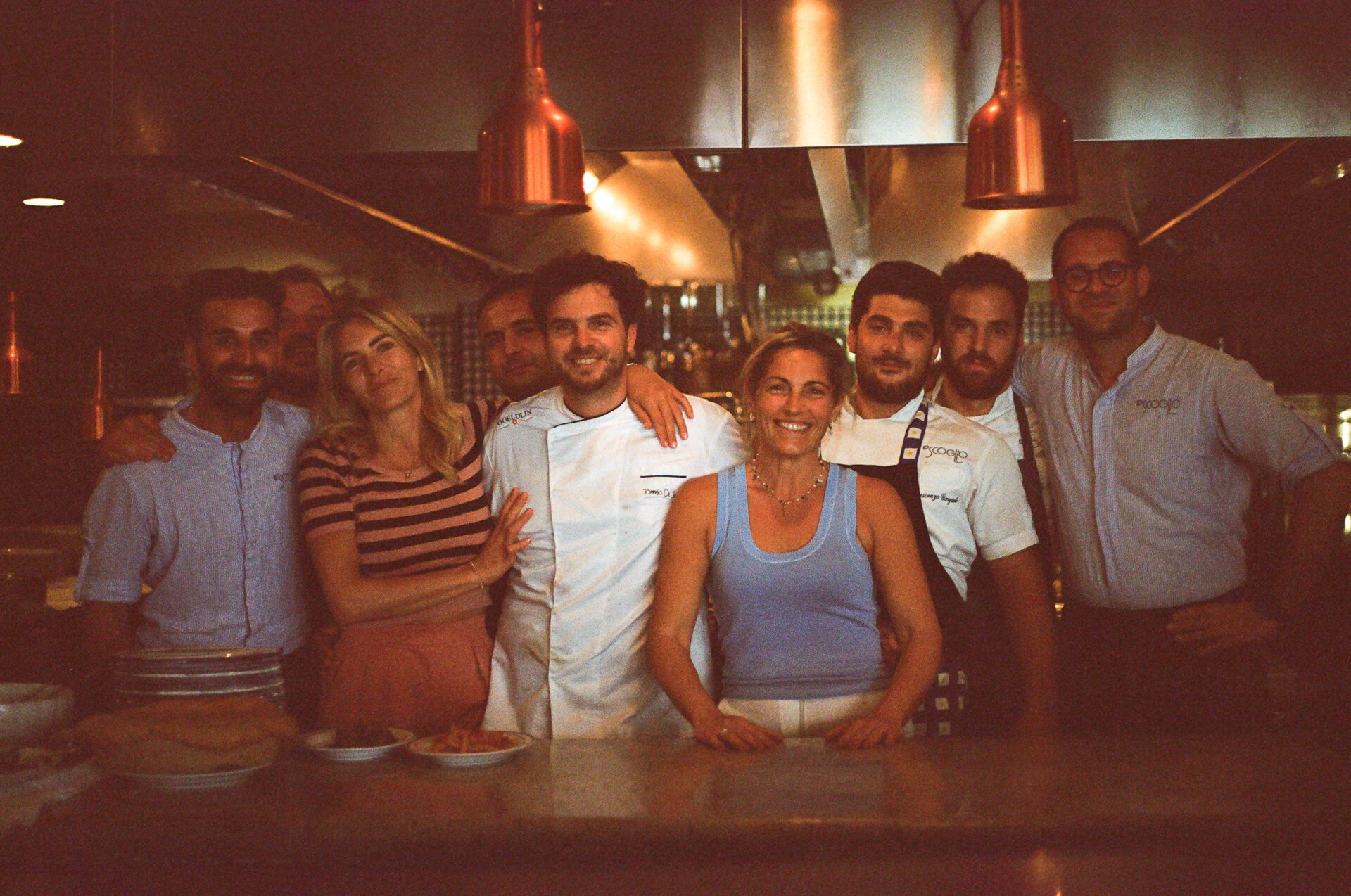
The whole family
IS: Do you feel a responsibility to protect that culture?
Antonia: Absolutely. That’s what my siblings and I are trying to protect. That’s also what I see in my father’s eyes: the sense of respect and belonging to this land. [“I am a great man, and I will always be great as long as I have the strength to be a farmer and fisherman,” Peppino told us later.] To me, that’s the real revolution—protecting all of this. And trying to change what’s been damaged.
And another thing: we must never forget what we’ve inherited—what our grandparents passed on. The value of kindness and hospitality. I truly hope I can help my children understand that there’s a fine line between business and credibility.
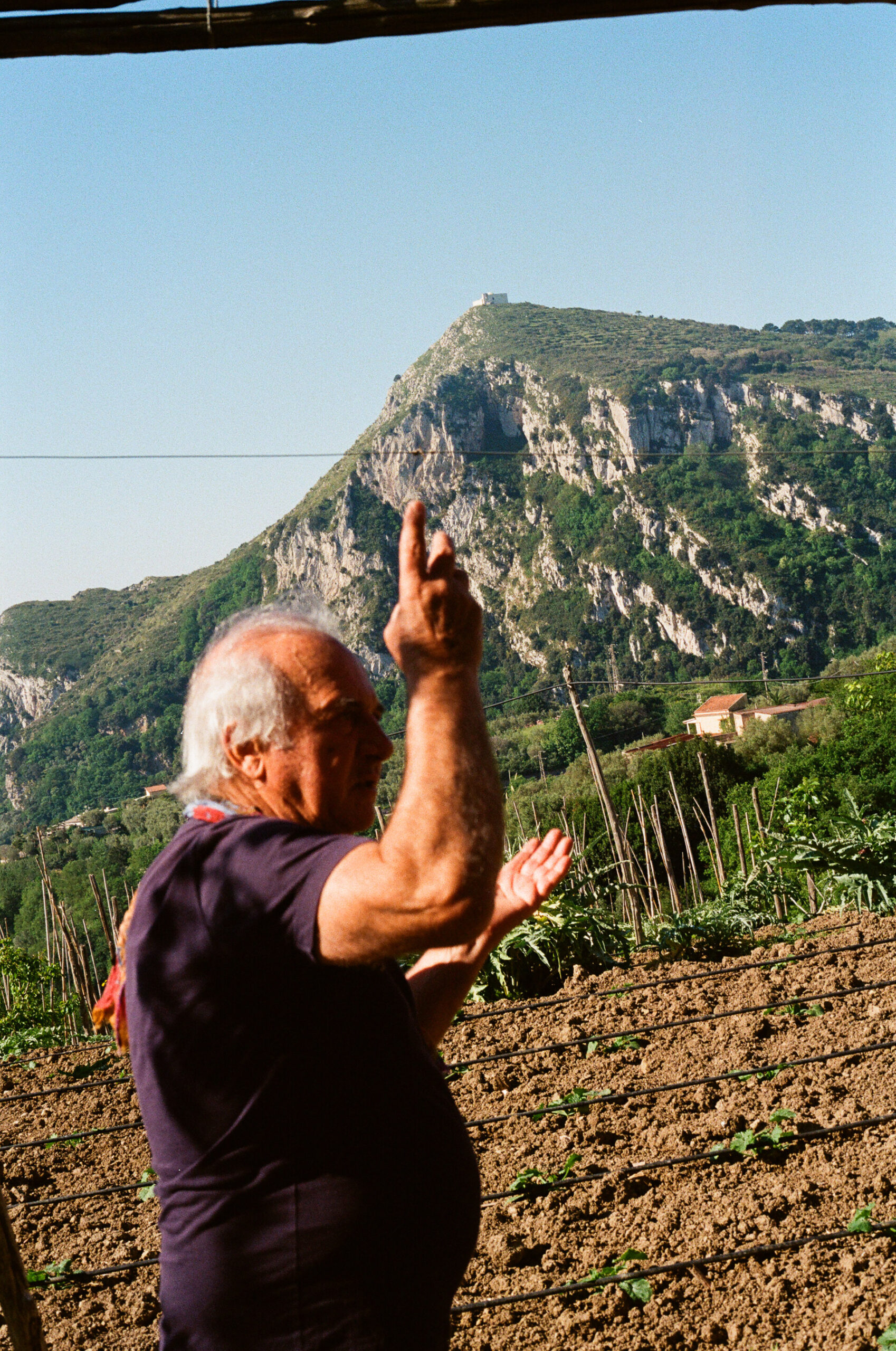
Peppino in his garden
IS: What do you mean by credibility?
Antonia: We can’t do business if we’re not credible. What guests will remember most about a beautiful meal isn’t the food—it’s the way you bring the lemon sorbet at the end with a smile. It’s about quality, it’s about humility, it’s about simplicity. It’s about the gestures. I want my kids to be proud of that, because to me, that gesture says: “I was born here.”
IS: Do you get many visitors from the mega-yachts?
Antonia: We do. Guests come off these massive boats, and honestly—they have everything on board. Everything. But when they leave, what moves them most isn’t the lobster or anything fancy—it’s the tomato salad. That’s the real luxury.
[“You can nourish yourself on pharmaceutical substances if you want,” Peppino said, referring to the disconnect many now have with the source of their food. “But go to the land—gather fresh eggs, make a nice frittata with onions and tomatoes—and you’re feeding yourself real vitamins. The kind that comes from nature. It’s a different thing entirely.”]
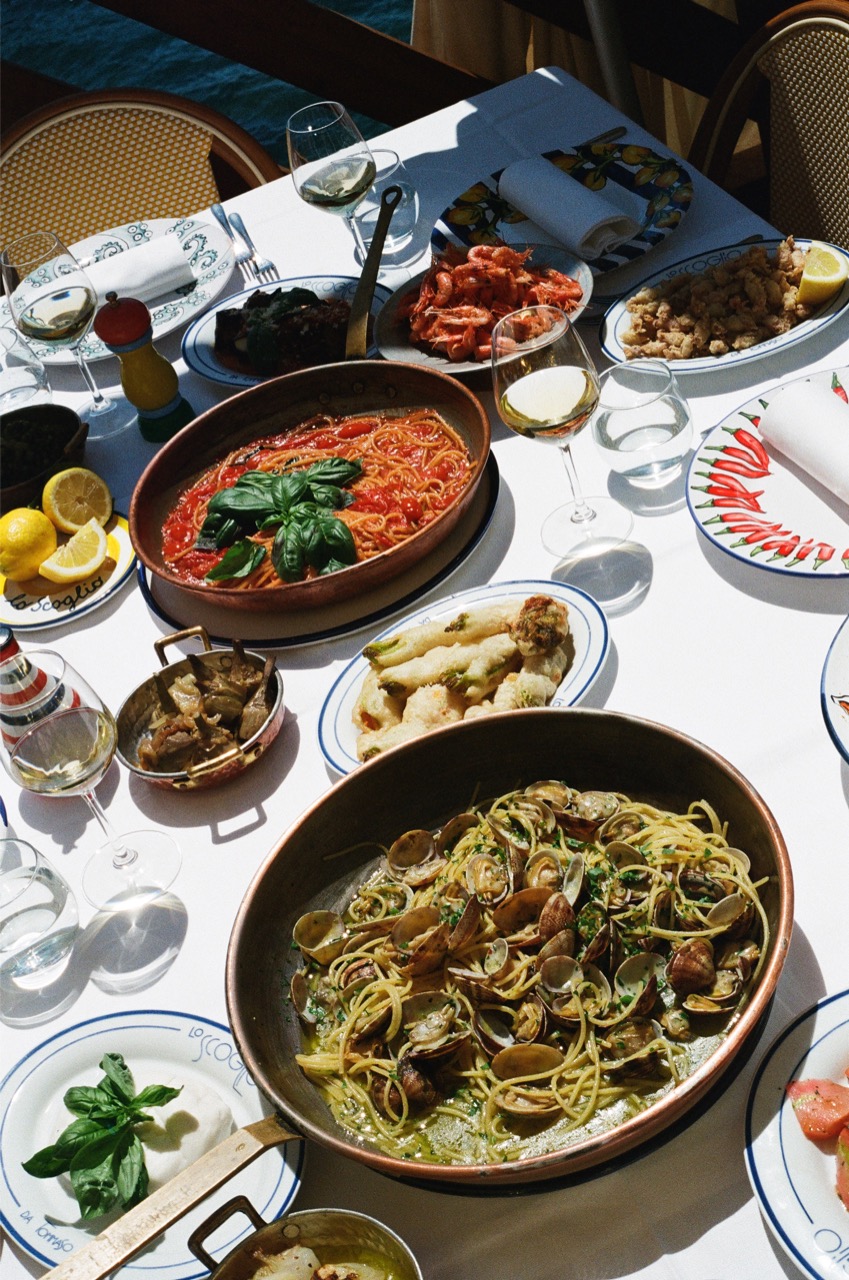
IS: Is there a dish that represents the Costiera to you?
Antonia: More than dishes, two ingredients come to mind. First, wild arugula. Just behind me here is Monte San Costanzo—when we were kids, we’d go pick it there. Wild arugula is different from the cultivated kind. It grows in rocky, mountainous soil. To me, it tastes like living earth, fresh wind—it’s the flavor of the coast.
Second, tomatoes. For me, tomatoes are everything. They’re a gesture of love from nature—humble, harmonious. They always make me think of my father, the way he tends to them with such care and affection, almost like they’re his children. Those are the two things I miss most when I’m away: the arugula and the tomatoes.
IS: And spaghetti alla Nerano?
Antonia: Yes, I love spaghetti alla Nerano. I really do. Still, those two ingredients—tomato and arugula—are what I carry in my heart.
ANTONIA’S GUIDE TO AMALFI
WHAT TO DO
Explore Termini — Just beyond Marina del Cantone lies Termini, a tiny, tourist-free village with a population of around 700. From its edge, you can see Capri. “It’s like it’s floating on water,” Antonia says. “From Termini, Capri becomes a postcard. It’s more beautiful from afar.” The village also serves as the starting point for the ancient Via Minerva trail, which leads adventurers to Punta Campanella, the peninsula’s tip.
Wander Cetara — Another village that Antonia “deeply loves” is Cetara, a working fishing village famed for its centuries-old production of colatura di alici—an umami-rich anchovy extract descended from Roman garum. At the foot of Mount Falerio, the town still revolves around the sea, with a small port, pastel houses, and a lived-in feel.
Visit a gallery in Amalfi’s old paper mill — Housed in a former paper mill just off Amalfi’s main road, Dalla Carta alla Cartolina traces the town’s deep connection to the art of papermaking. Revived by Andrea De Luca—descendant of one of Italy’s oldest printing dynasties—the space blends gallery, archive, and artisan shop. Visitors can browse vintage postcards, handmade paper goods, and rotating works by local artists, all while standing inside one of the original cartiere that powered Amalfi’s economy (and was active until the 1990s).
Shop for ceramics — Antonia skips Amalfi for Vietri sul Mare when it comes to ceramics—“more authentic.” She recommends Lucio Liguori, whose studio produces robust, expressive pieces fired in a wood oven—plates, pitchers, and tiles with thick glazes and irregular forms that show the maker’s hand. “His workshop is as wild as he is.” At Lo Scoglio, the house tableware comes from Rosalinda Acampora, a ceramicist who trained at Solimene before setting up her own studio. Her work is full of bold colors and fun, food-based designs.
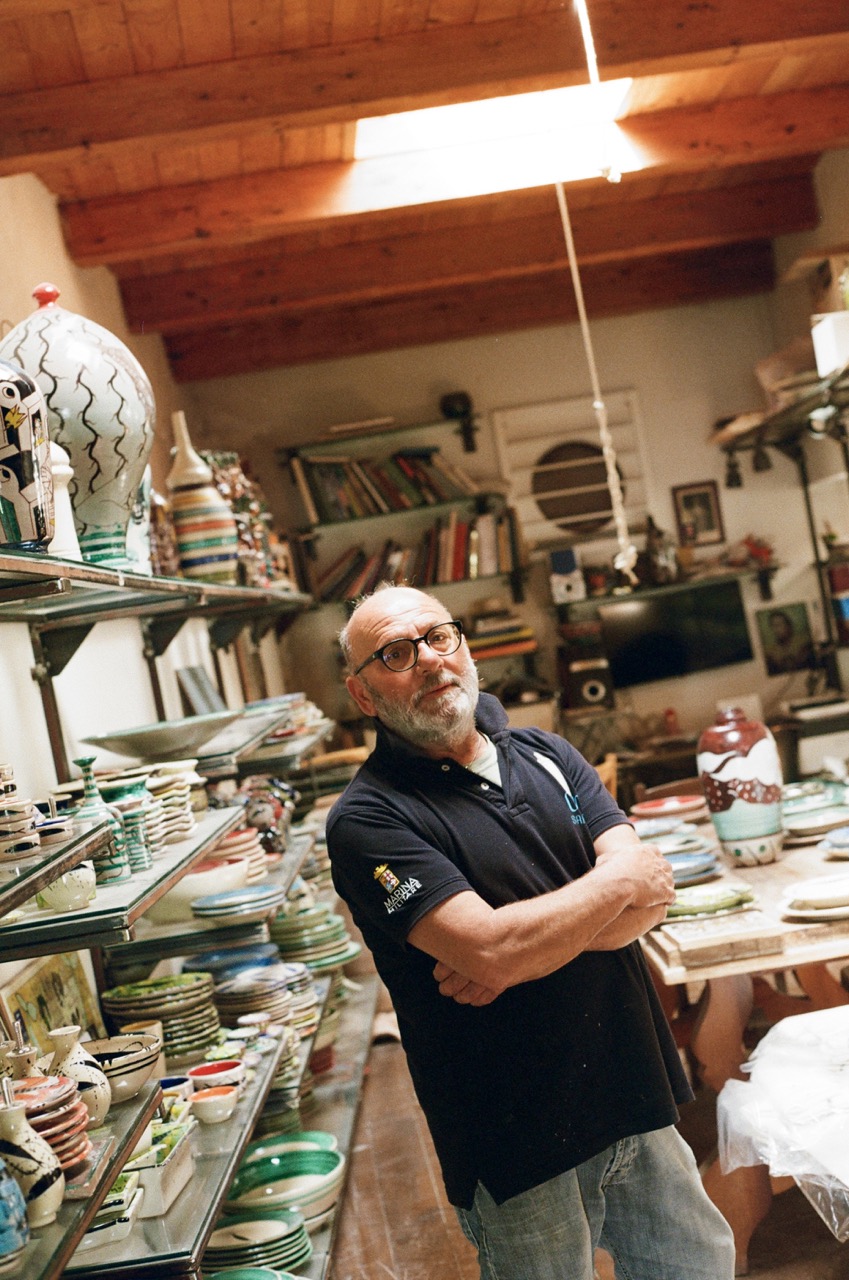
Ceramicist Lucio Liguori
Walk up to the church of San Costanzo — “The most beautiful walk of all is the one that leads to the little church of San Costanzo, on the mountain just behind us. Up there, there’s a tiny chapel—and it’s a practically unknown trail, not advertised at all,” asserts Antonia. From Termini, it takes about five minutes to reach the start of the path, and then the walk itself is around 15 minutes. “The view from up there is indescribable. Our dad used to take us there to forage for arugula.”
Watch the sunset from the Church of San Pancrazio — Antonia’s sacred escape and the place she returns to when she needs a moment of peace. “I don’t think there’s a more beautiful spot in the world,” she says. Perched above the sea, the view at golden hour is nothing short of spiritual.
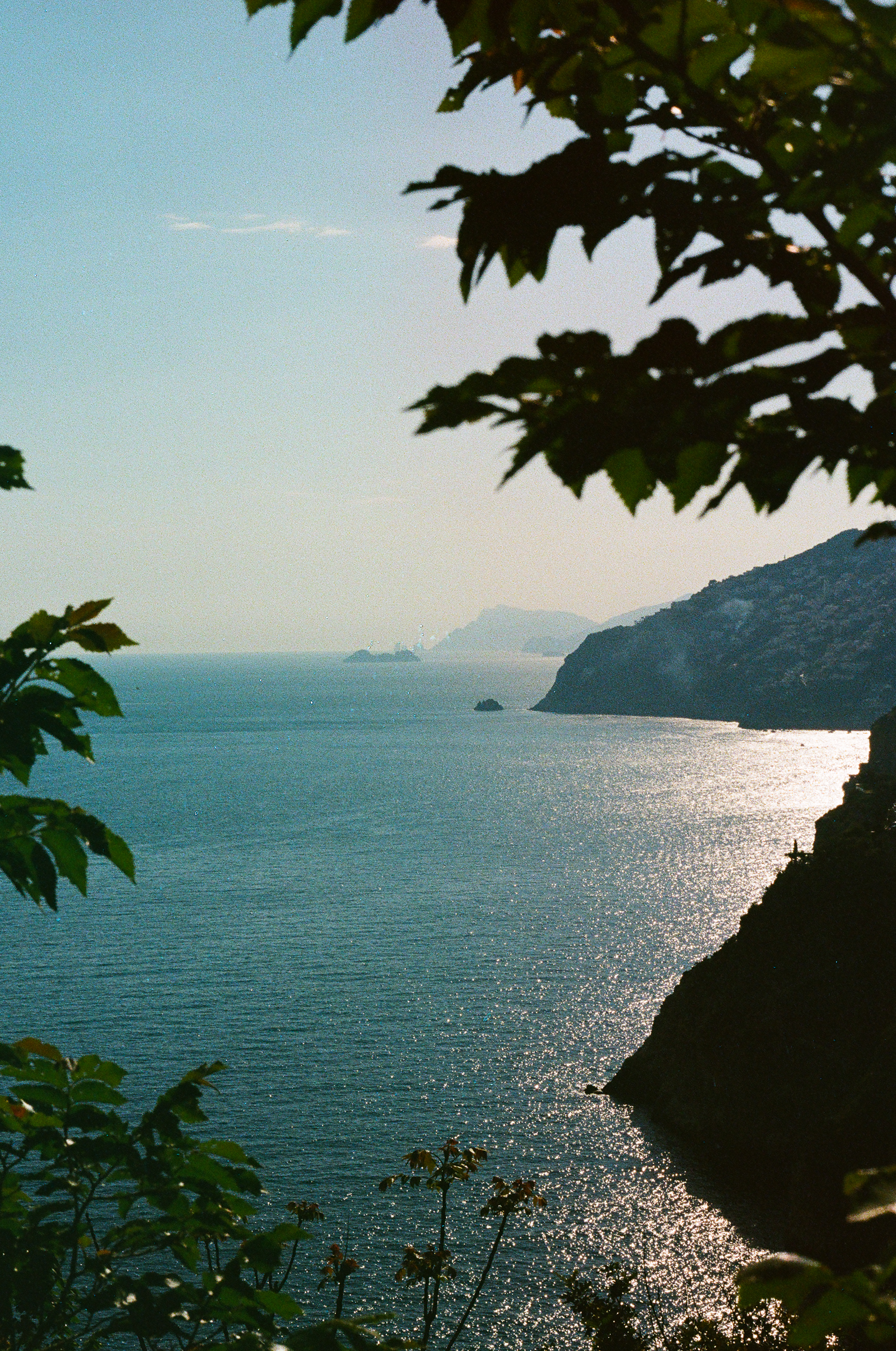
View from the Church of San Pancrazio
WHERE TO EAT & DRINK
Lo Scoglio da Tommaso (Marina del Cantone) — If it wasn’t already obvious! Set on a wooden pier over the sea, Lo Scoglio has been run by the De Simone family since the 1950s, and nearly everything on the plate comes from their own terraced farm up the hill—zucchini, tomatoes, lemons, artichokes, even eggs. Their spaghetti alla Nerano, made with fried zucchini and Provolone del Monaco, is a pilgrimage-worthy dish. (You can try your hand at home with the recipe here.)
La Sponda (Positano) — Inside Le Sirenuse, Positano’s landmark hotel, La Sponda offers one of the coast’s most atmospheric meals: 400 candles lit at dusk, mandolin and guitar echoing off the tiled walls, and views across town to the sea. “There’s something magic in the air there,” says Antonia. Chef Gennaro Russo draws on Campanian traditions with dishes like lemon risotto with capers or grilled branzino, spotlighting local ingredients without overworking them. Book well ahead, especially in summer.
Bar De Simone (Termini) — With wide views over the sea and Capri floating in the distance, Bar De Simone is an all-day spot Antonia often visits after hiking Punta Campanella. Open from 7:00 AM to midnight, it serves coffee and cornetti in the morning, panini at lunch, cocktails and granita at sunset, and dinner for those who stick around. Now run by Tonino Scarpato—who worked at Lo Scoglio from the age of 16—it’s a relaxed place with genuine ties to the local culture.
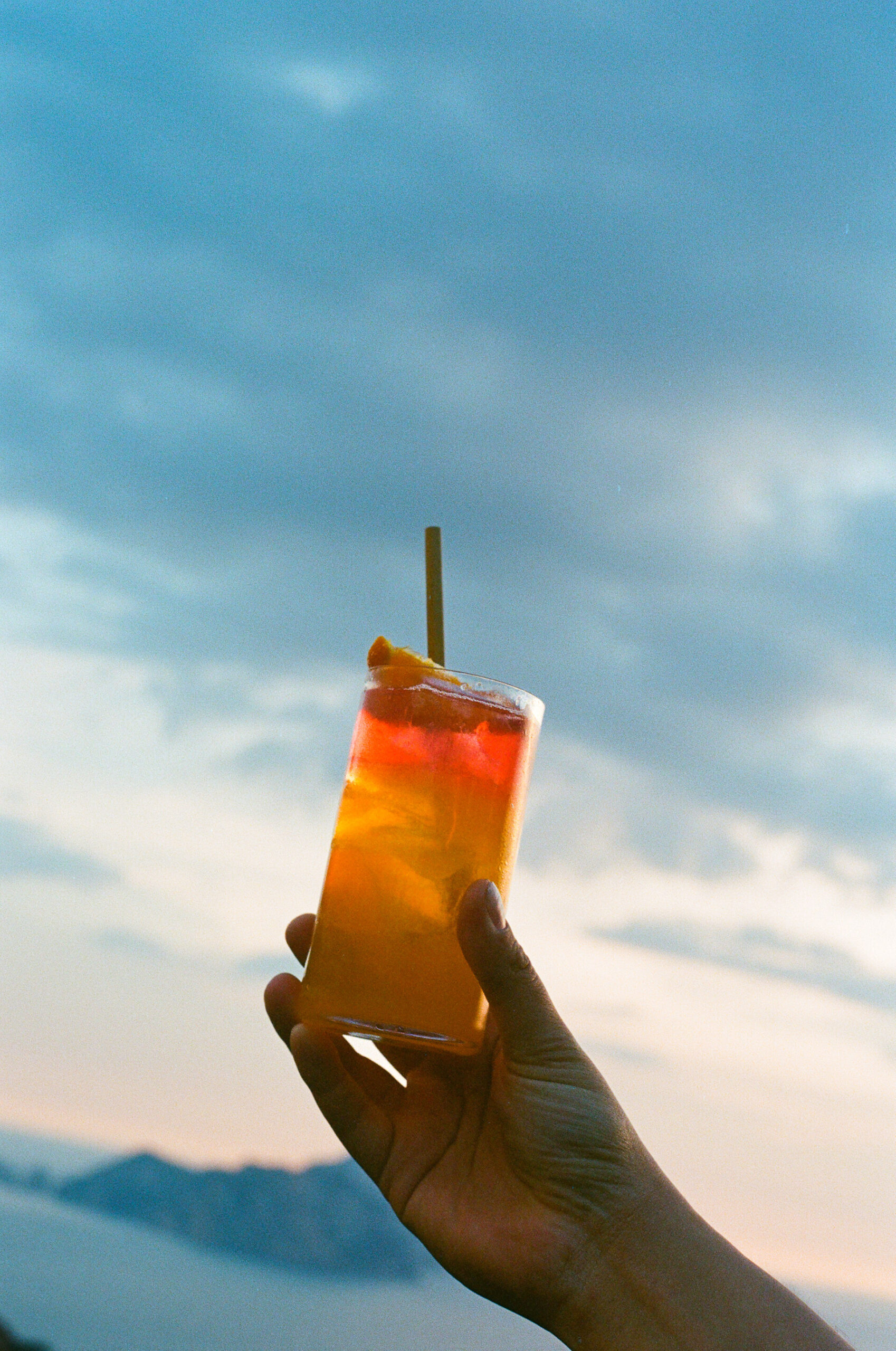
Bar De Simone
Ristorante Acqua Pazza (Cetara) — Acqua Pazza has been championing colatura di alici since 1990. Run by the Torrente brothers, the restaurant helped bring this intensely savory anchovy extract to wider recognition, now protected as a Slow Food product. The menu is clean and seafood-focused—think raw marinated anchovies, linguine with colatura, and simply prepared local catch. Antonia recommends it for any and all colatura enthusiasts.
Borgo Santandrea (Amalfi) — Suspended above the sea just outside Amalfi, Borgo Santandrea is a restored mid-century hotel that pairs clean-lined elegance with jaw-dropping views. “There’s something magical about it,” says Antonia. “The kind of authentic luxury I love.” Guests and visitors alike can book dinner at Alici, the Michelin-starred restaurant serving refined Mediterranean dishes, or at the breezier Marinella, which offers handmade pasta and grilled catch.
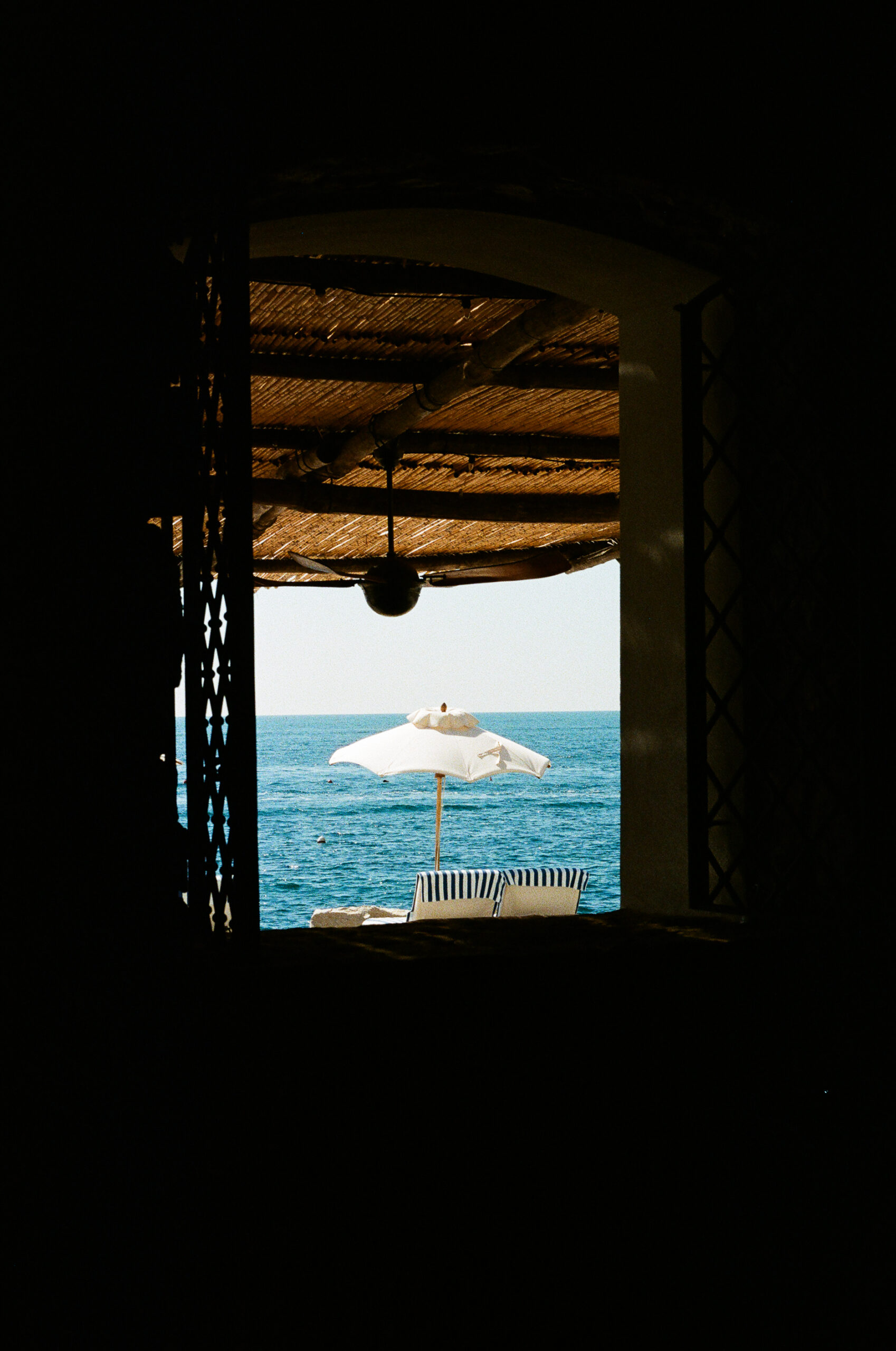
Borgo Santandrea
Ristorante Lido Azzurro (Amalfi) — An “obligatory” stop in Amalfi, this family-run restaurant overlooks the port, serving up fresh seafood and a menu that balances tradition with Mediterranean refinement. Founded in 1969 and run by the charismatic Antonio Bisù, it’s one of Antonia’s go-to spots. The menu features classics like linguine with scampi, pezzogna all’acqua pazza, and lemon-scented desserts, all served just steps from the water.
Fore Porta (Valle delle Ferriere) — Located at the entrance to the Valle delle Ferriere nature reserve, Fore Porta is a family-run agriturismo accessible only on foot—about 20 minutes from Amalfi’s center. The menu is rooted in seasonal, homegrown ingredients: vegetables from their terraced gardens, handmade pasta, and traditional Campanian dishes. Antonia calls it one of her favorite spots for its peaceful setting and natural surroundings—“davvero molto suggestivo.”
Eughenes (Termini) — Don’t let the exterior fool you—“brutto,” as Antonia puts it—but inside, a family of seven (parents + five “exceptional” kids) serves up some of the most comforting food on the coast. She singles out the filetto di carne as a must order, and the spaghetti with zucchini as “the same as ours”—a reference to Lo Scoglio’s signature. It’s a place where, she says, “you feel pampered by the family,” and where the air carries the unmistakable scent of “sauces, ragù, and Caprese cooking.”
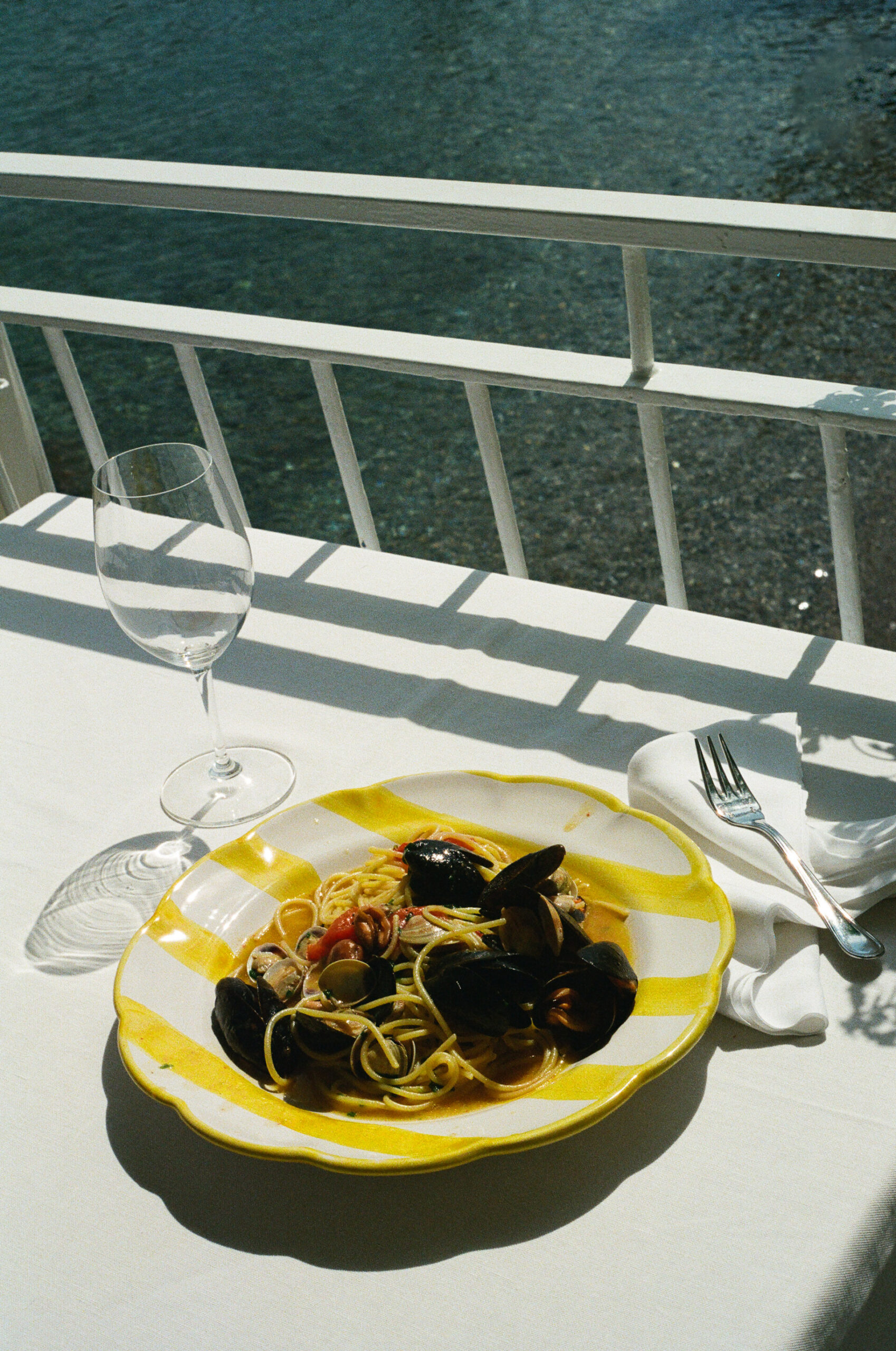
Lido Azzurro
